Appalachian Trail Part Three - Delaware Water Gap, PA to Great Barrington, MA
“The path from dreams to success does exist. May you have the vision to find it, the courage to get on to it, and the perseverance to follow it.” - Kalpana Chawla
“I may not be there yet, but I’m closer than I was yesterday.” - Anonymous
The Story -
My amazing sister Stacy began the 1150-mile northern section of the Appalachian Trail (AT) at the beginning of May, starting in Front Royal, Va with hopes of making it to Katahdin, ME by September if not earlier. At her current pace, she will complete the AT by mid-September.
Stacy and her hiking companion Carla have decided to take a much-needed two-week break from the trail, opting to fly home from Hartford, CT, before returning to finish their journey.
Below is the third short summary from Stacy on her trip as well as some pictures of her adventures. I also included a brief paragraph with more information about the AT at the end.
Please keep Stacy and Carla in your thoughts and prayers over the next few months as they continue on their life-altering journey.
Appalachian Trail
In Stacy’s Own Words -
It’s been fifty days since Carla and I first started our journey in Front Royal, Virginia. Together we have hiked a total of 554 miles through West Virginia, Maryland, New Jersey, New York, Connecticut, and fifteen miles into Massachusetts. Surprisingly and amazingly, we have only taken three zero-mile rest days during our hike.
West Virginia was a short four miles - every mile counts! 😂
Maryland has the nicest shelters and a perfect path for an introduction to backpacking - Who is in?
New Jersey was a continuation of Pennsylvania, with more rocks and just as much wildlife. The New Jersey forest is heavily concentrated in only 10% of the state and we saw six bears in less than twenty-four hours. We also saw two of New Jersey’s three ridge runners who informed us that the last bear hunt in New Jersey was in 2003.
New York brought back elevation ups-and-downs similar to the south, but with large boulders. We saw the New York City skyline from Bear Mountain, then descended its 1200 steps - yep, 1200! 😮
Northwest Connecticut was hot while we were there and recently it suffered a gypsy moth caterpillar invasion, matching a similar one that occurred in 1981. The moth caterpillars completely destroyed the tree canopy and especially ruined the oak trees. The rain that brings the fungus that typically kills the caterpillar didn’t happen this year. The Housatonic and Ten Mile Rivers were absolutely beautiful. However, the rivers have been designated as superfund sites due to industrial contamination identified in the 1970s. Our last day in Connecticut was our favorite, where we passed through Sage’s Ravine and went swimming in the most beautiful area I’ve seen on the trail so far.
The thru-hikers we’ve met in the last few days have just reached the 1500-mile mark. At this point, most of them are taking extended breaks and more days off in a row. Most thru-hikers choose to thru-hike alone for obvious reasons, although it’s difficult to stay motivated when you’re hiking daily on your own. Carla and I agree that we wouldn’t have made it this far without the support of each other.
We are forever hungry, always a little grumpy, and totally over camp food - most days on the trail we eat ramen, instant mashed potatoes, protein bars, peanut butter, and tortillas.
I need new gear already! I’m using paracord to attach my pack’s shoulder strap that broke back in Duncannon, Pennsylvania (375 miles ago); my shoes have holes around the toes, much thinner soles, and broken shoestrings; my water reservoir has pinholes, and my pants are a size too big.
So, until next time… happy summer and happy trails!
Appalachian Trail Photos -
Party of Five - All Smiles!
Almost Heaven, West Virginia
Summer Green Maryland
Fantastic Fungi
Views In New Jersey
More Summer Green - New Jersey
Camp Site in New York
London Bridge?
Smiling at the New York - Connecticut State Line.
Serious Rock Climbing!
Ridgeline Rock Scramble.
New York AT Shelter.
New York City?
Can you see Manhattan?
Another AT Shelter.
Can Bears Fly?
A creek runs through it!
Photo Art Winner!
Still Smiling in Connecticut!
Artistic Shot #2 - Massachusetts
A River Runs Through It!
Smiling in the Massachusetts Fog.
The Appalachian Trail -
The Appalachian Trail (AT), is a hiking trail in the Eastern United States, extending almost 2,200 miles (3,540 km) between Springer Mountain in Georgia and Mount Katahdin in Maine and passing through 14 states. The Appalachian Trail Conservancy claims the Appalachian Trail to be the longest hiking-only trail in the world. More than three million people hike segments of the trail each year.
The trail was first proposed in 1921 and completed in 1937 after more than a decade of work. Improvements and changes have continued since then. It became the Appalachian National Scenic Trail under the National Trails System Act of 1968.
The Appalachian Trail, the Continental Divide Trail, and the Pacific Crest Trail informally constitute the Triple Crown of Hiking in the United States.



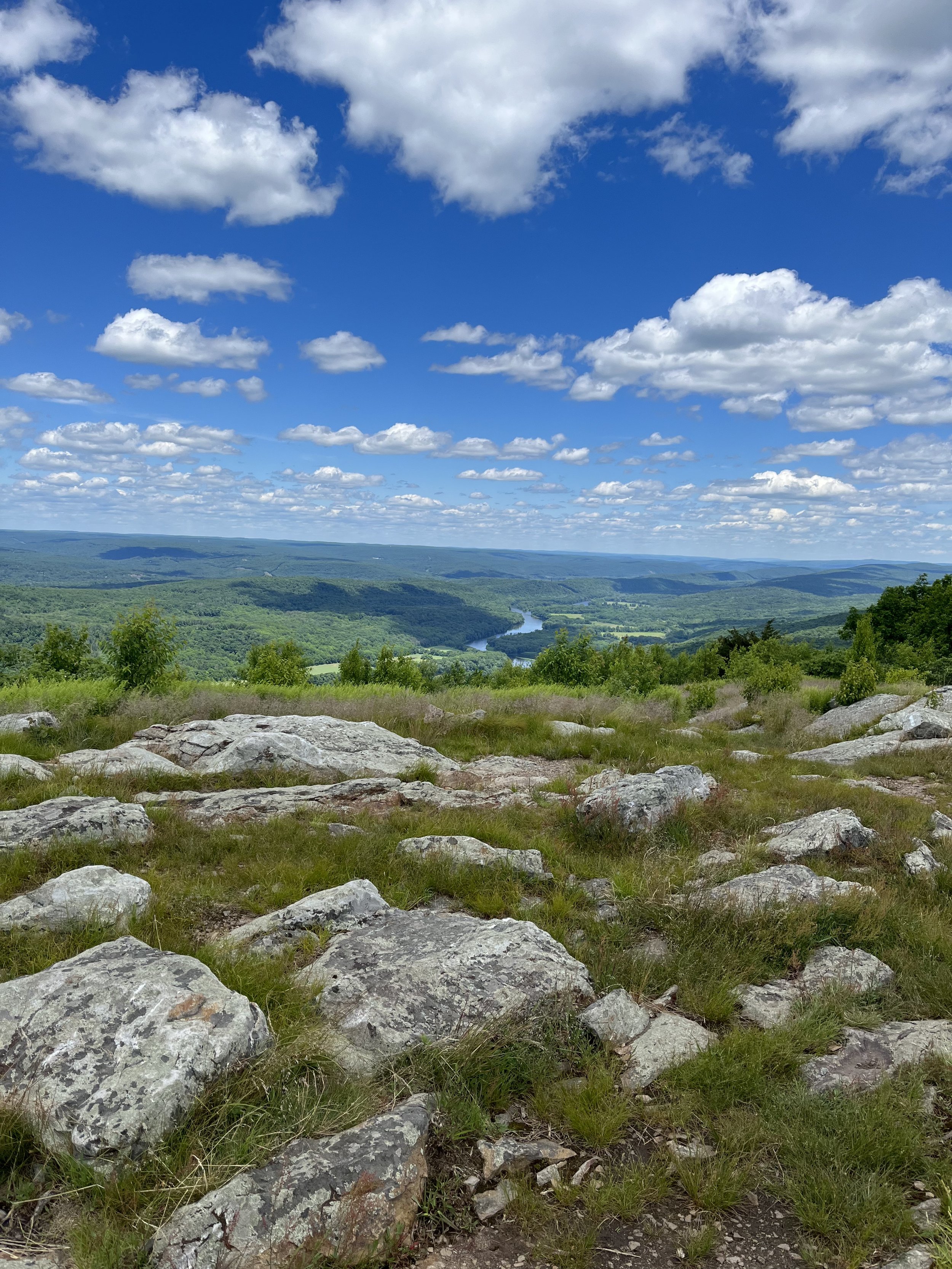



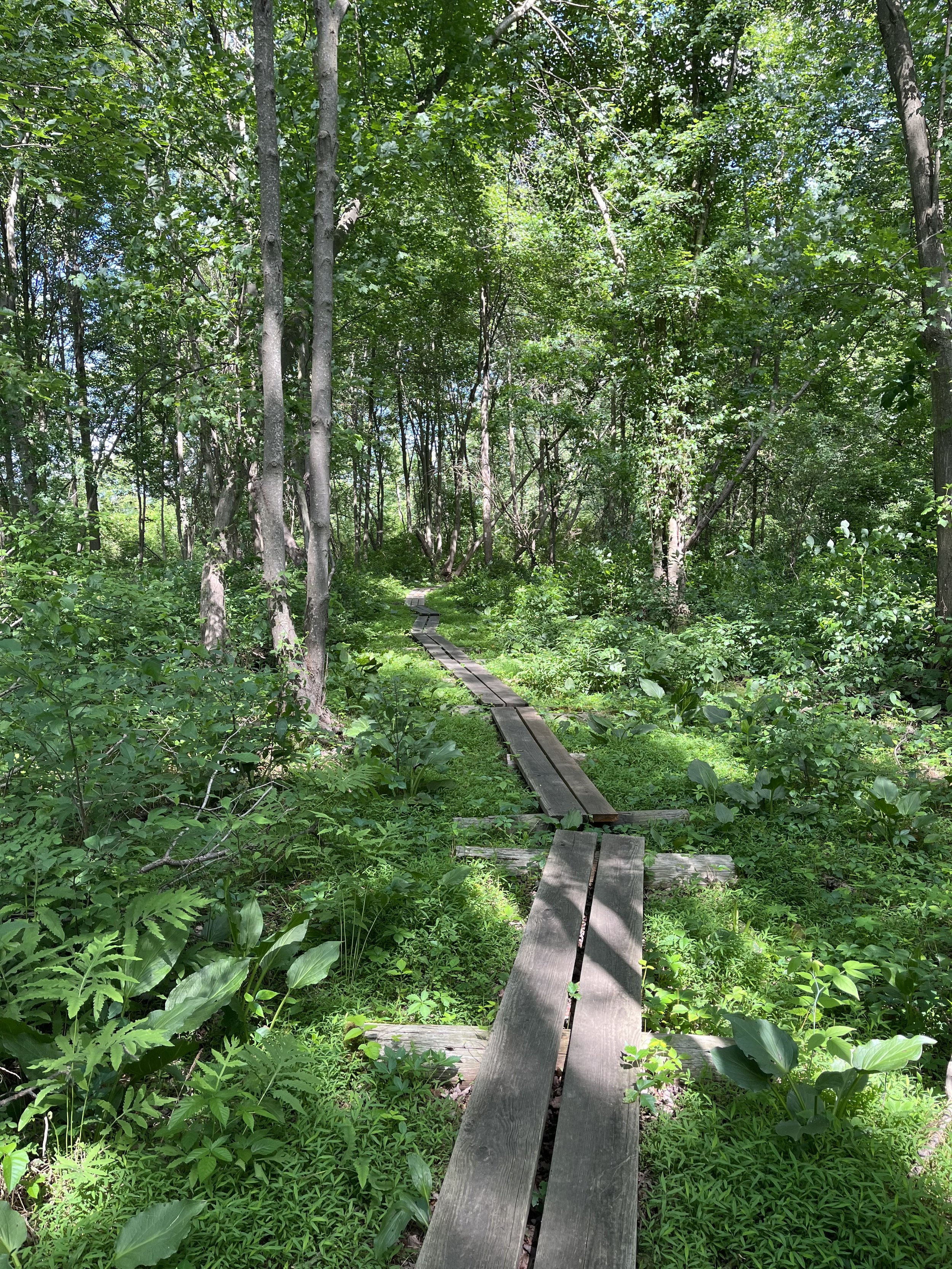
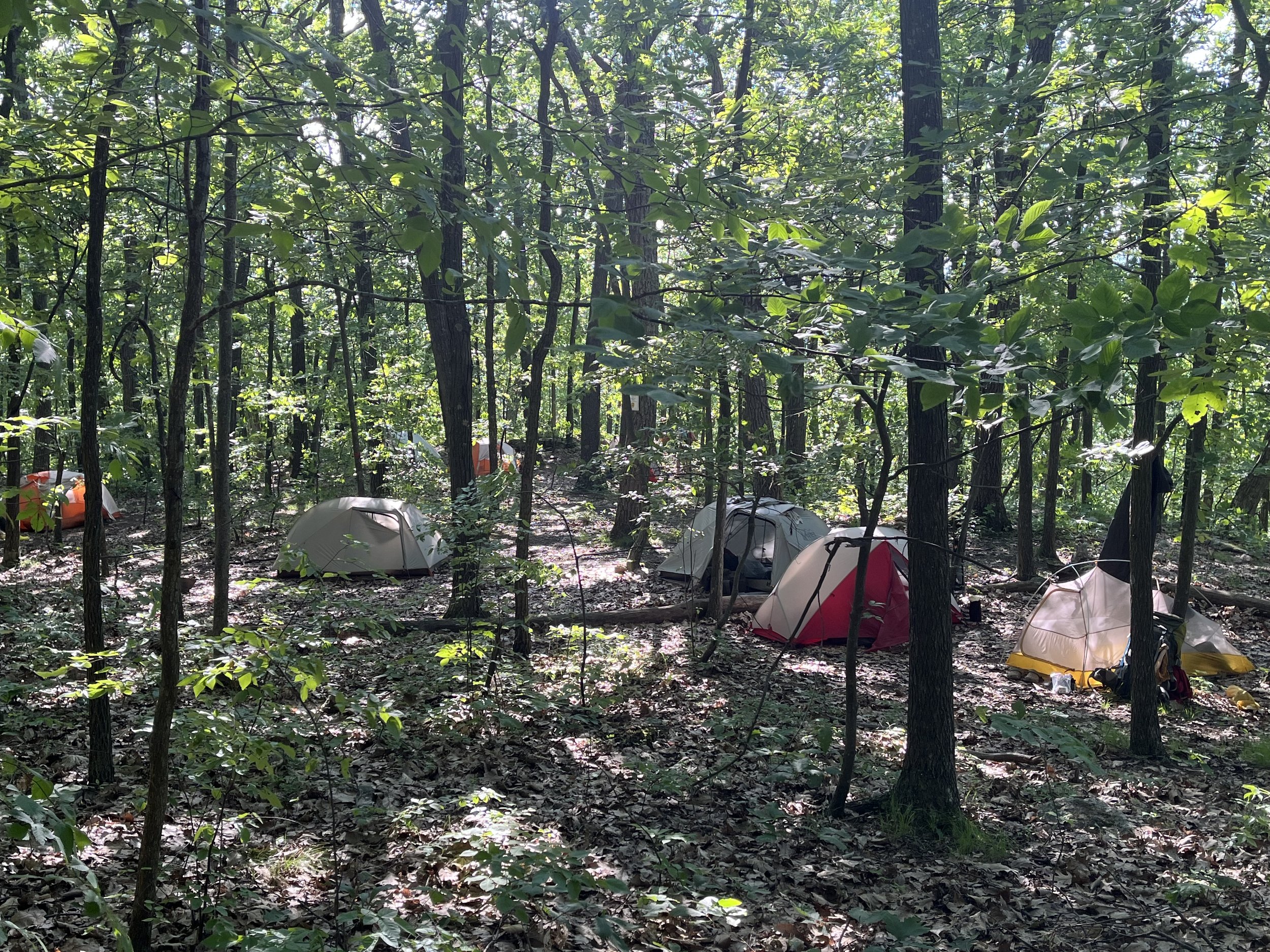

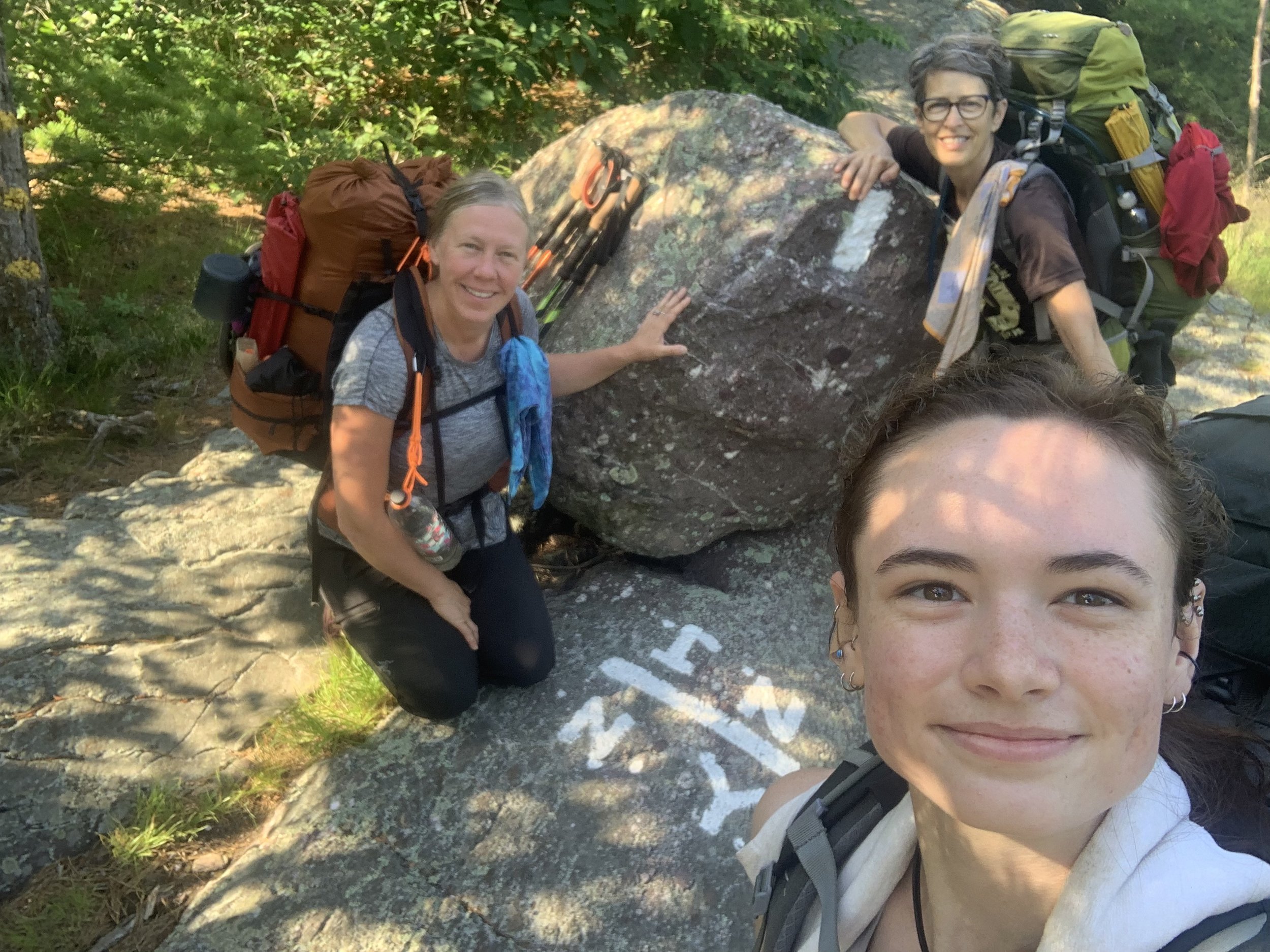

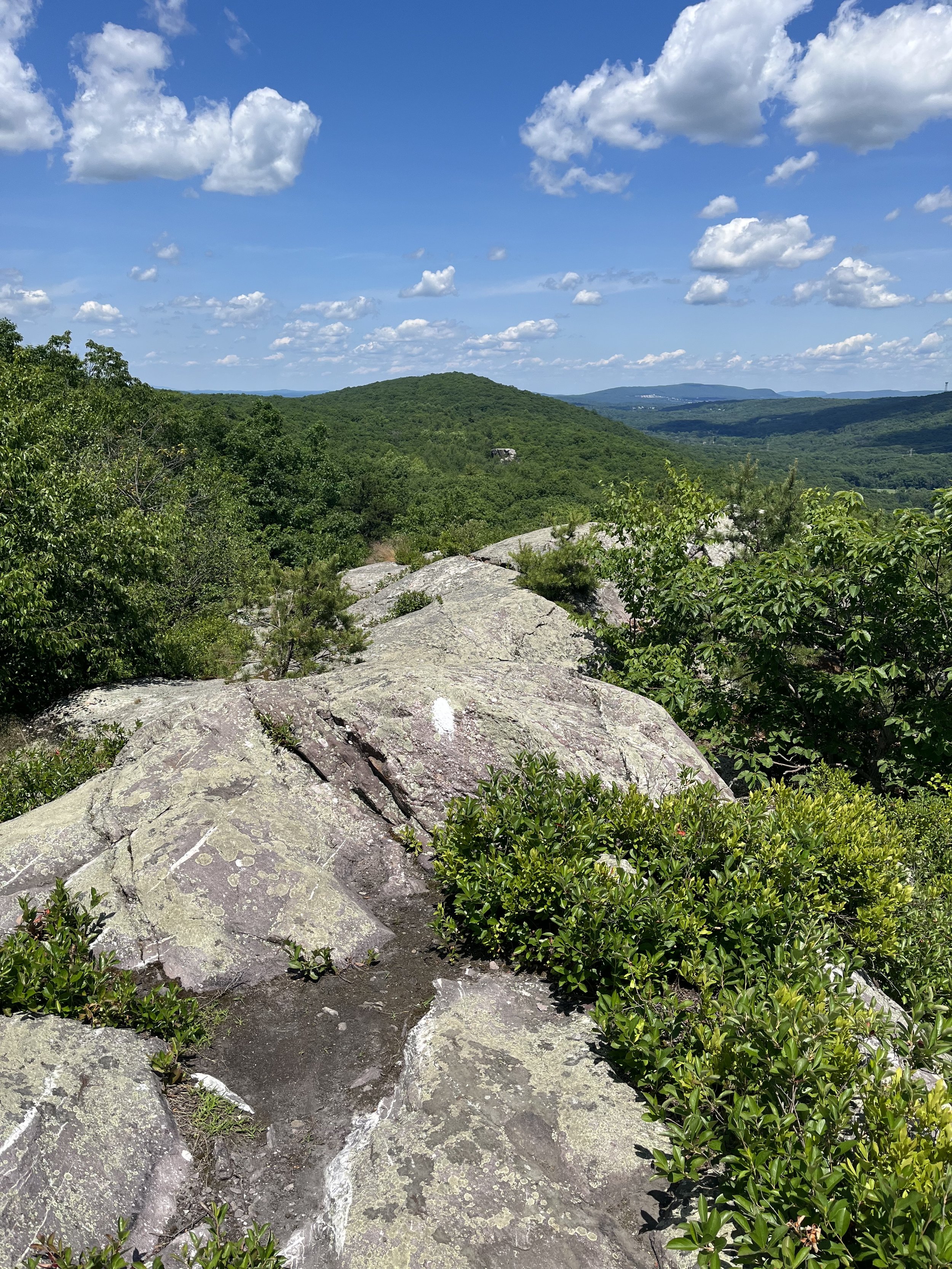


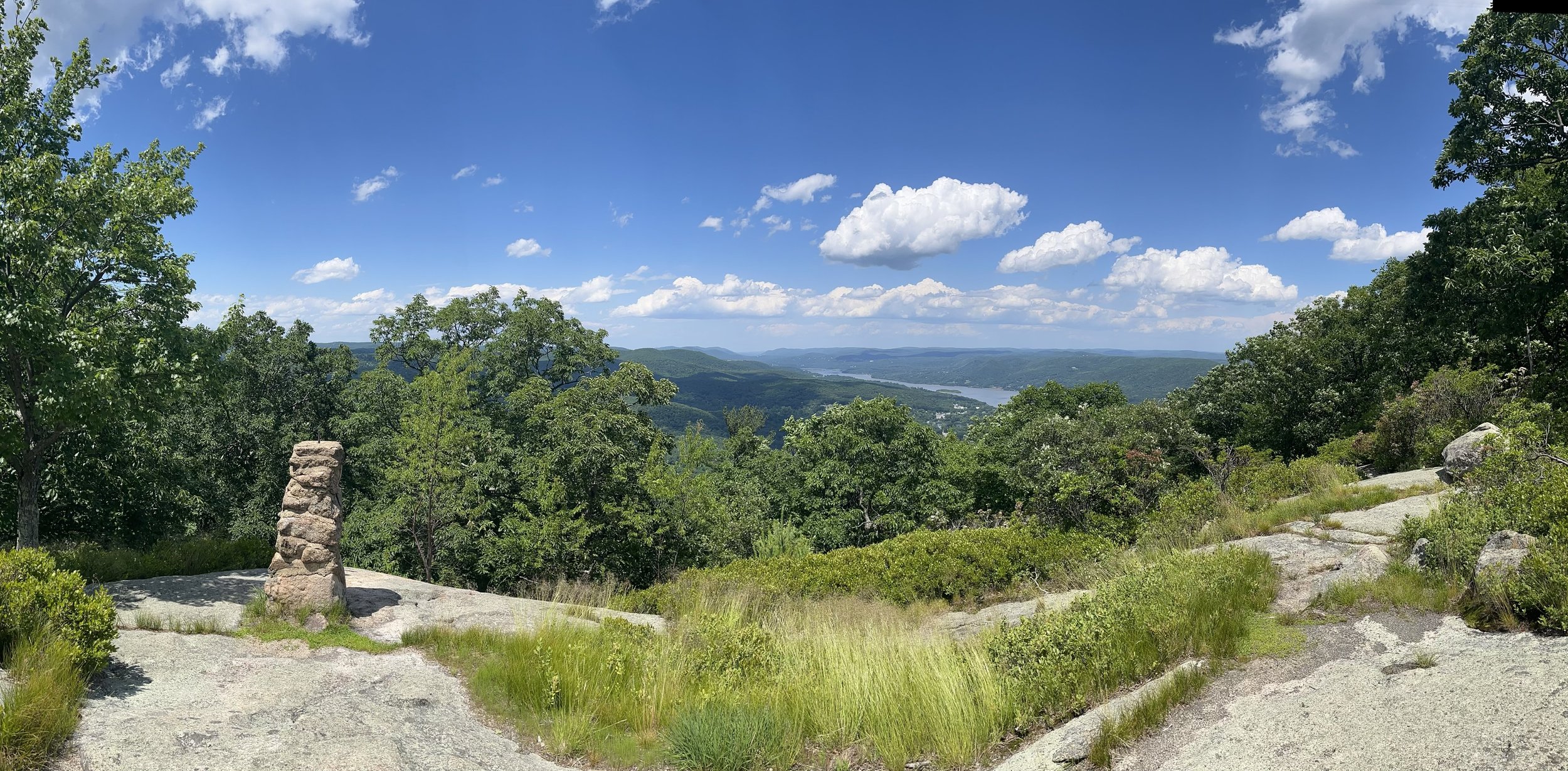














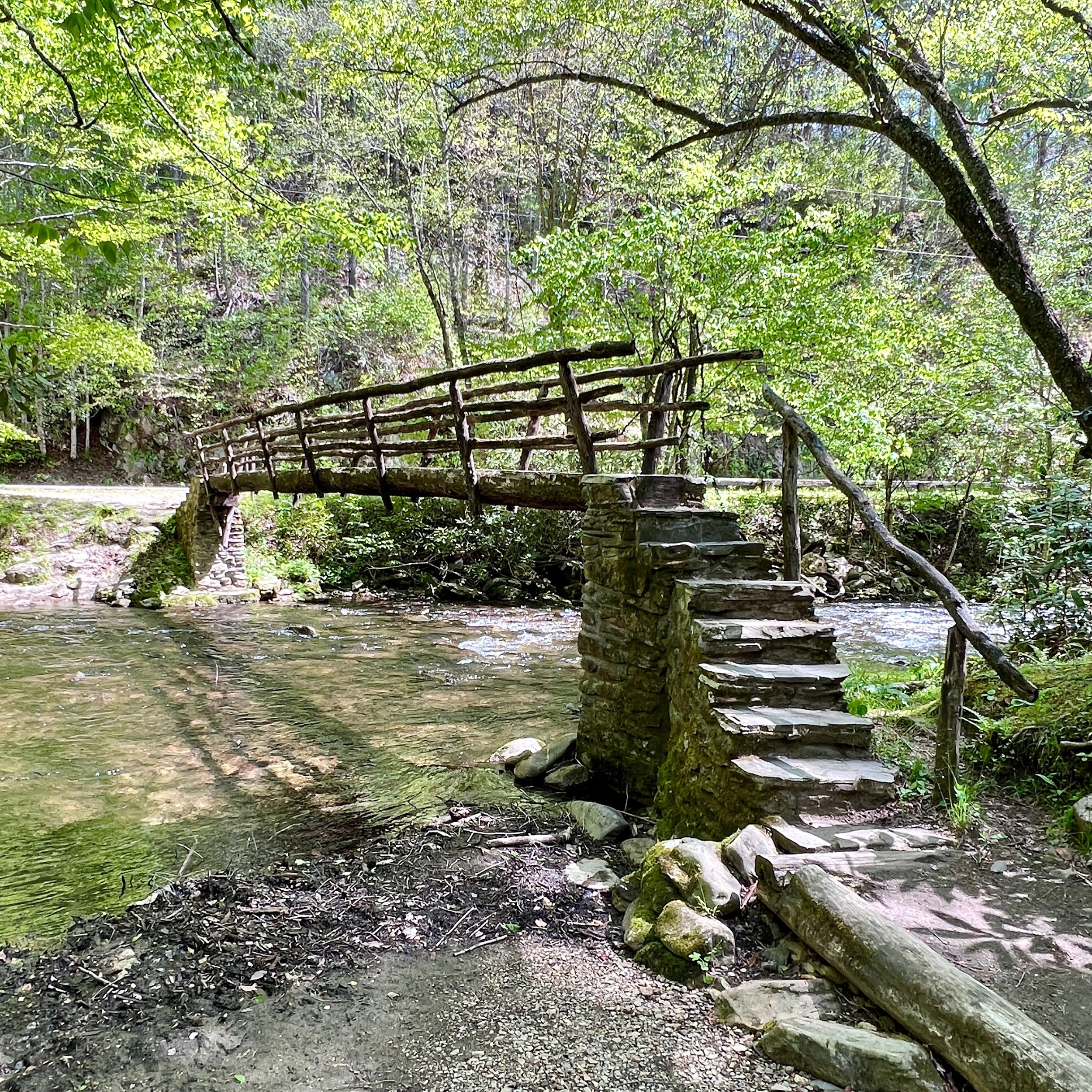
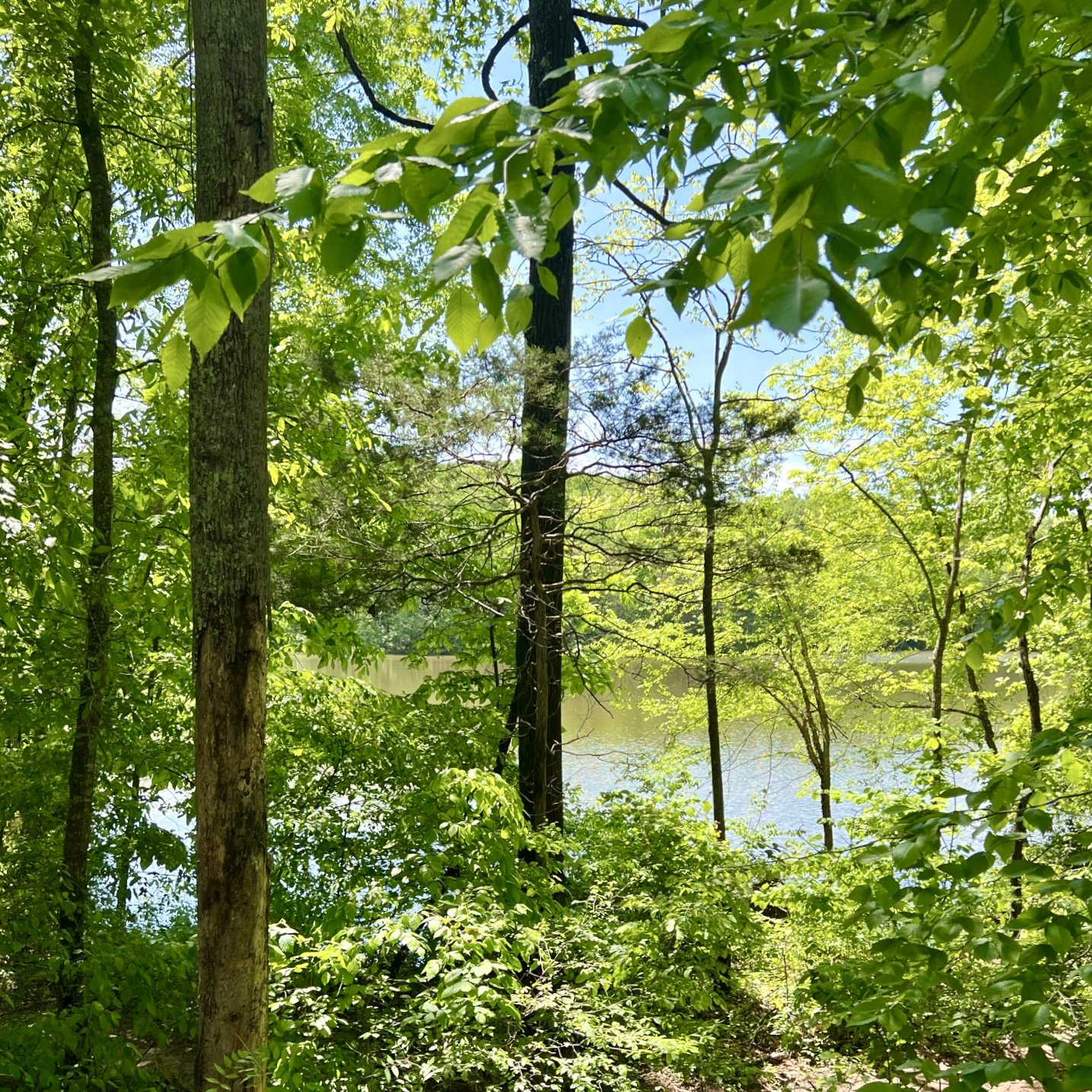
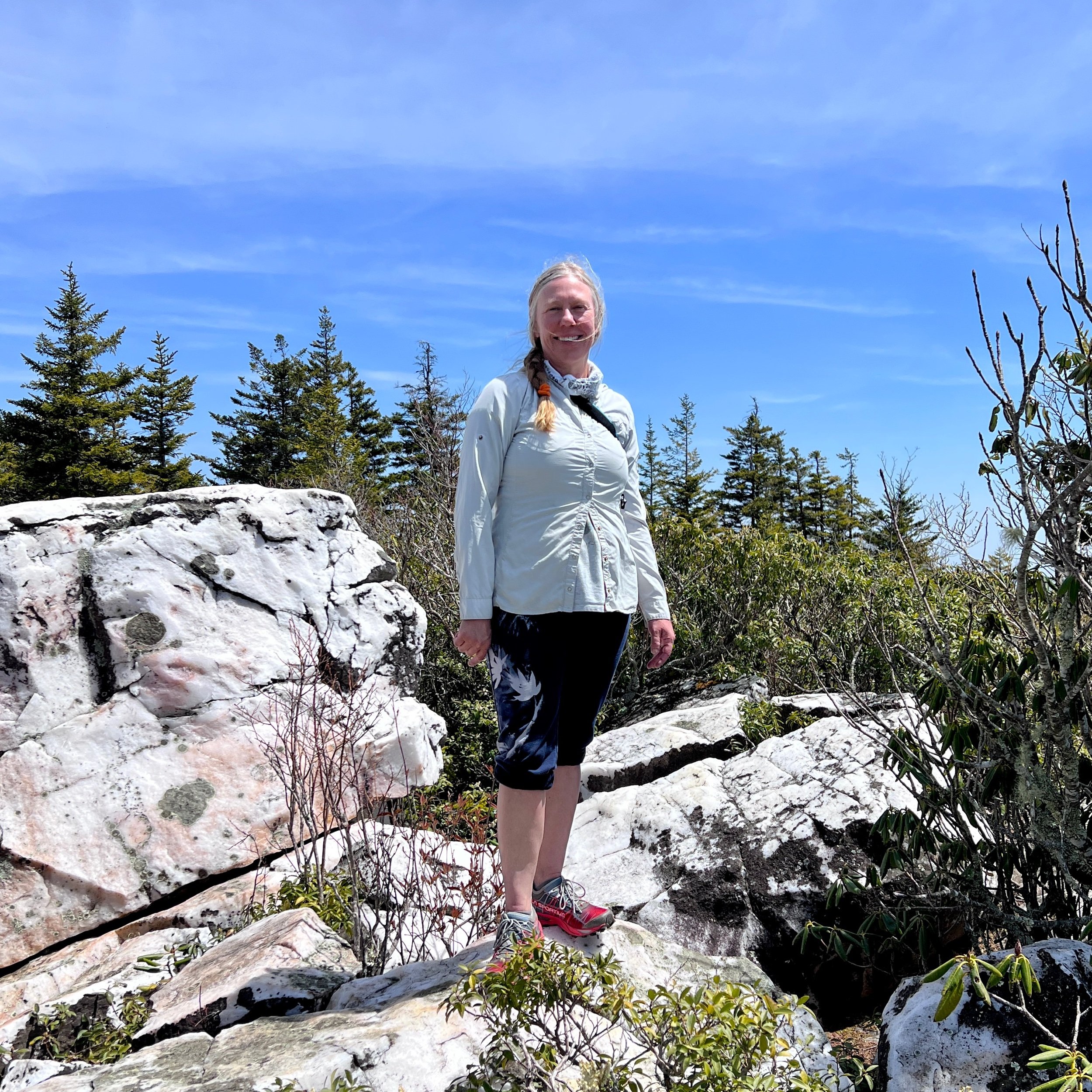
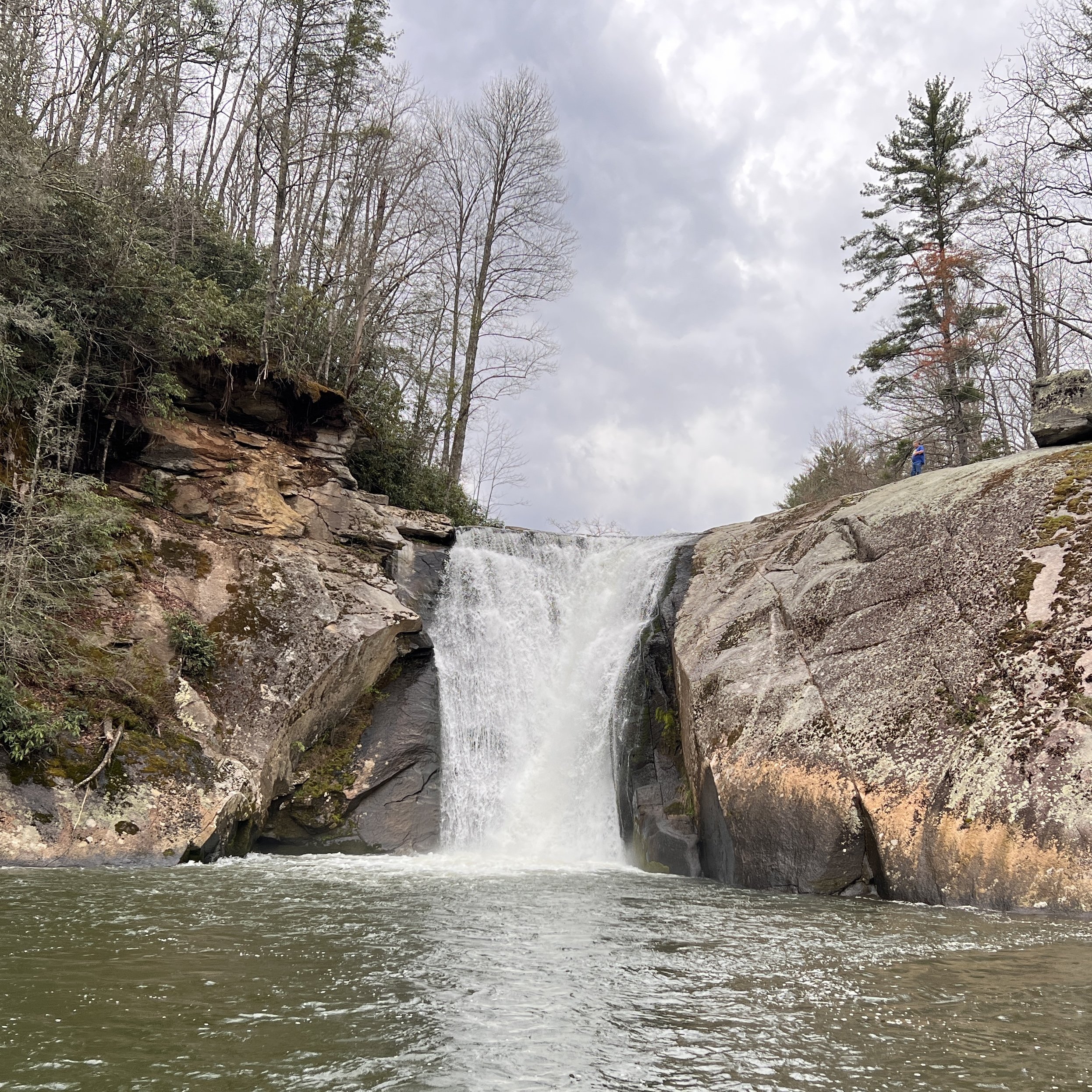
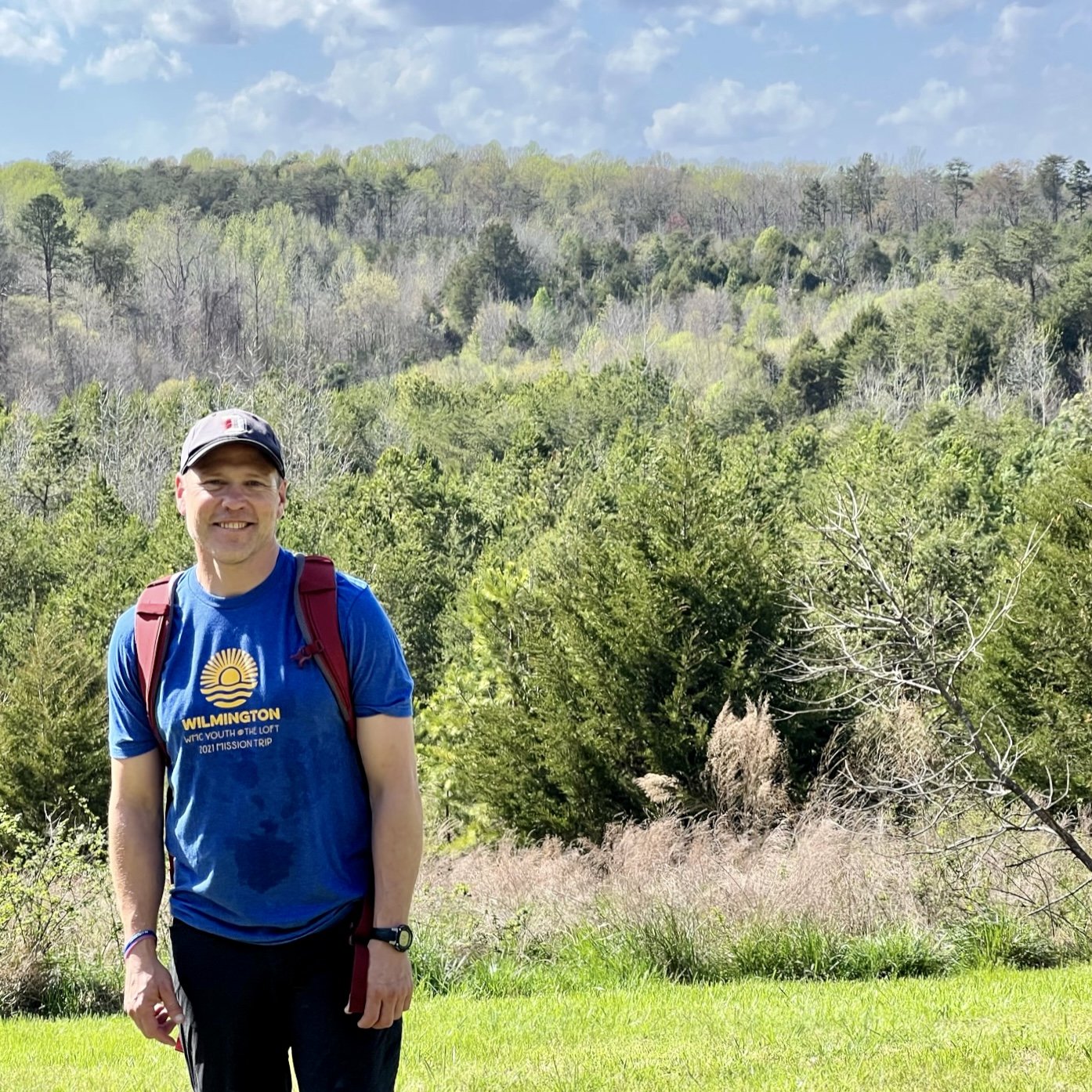
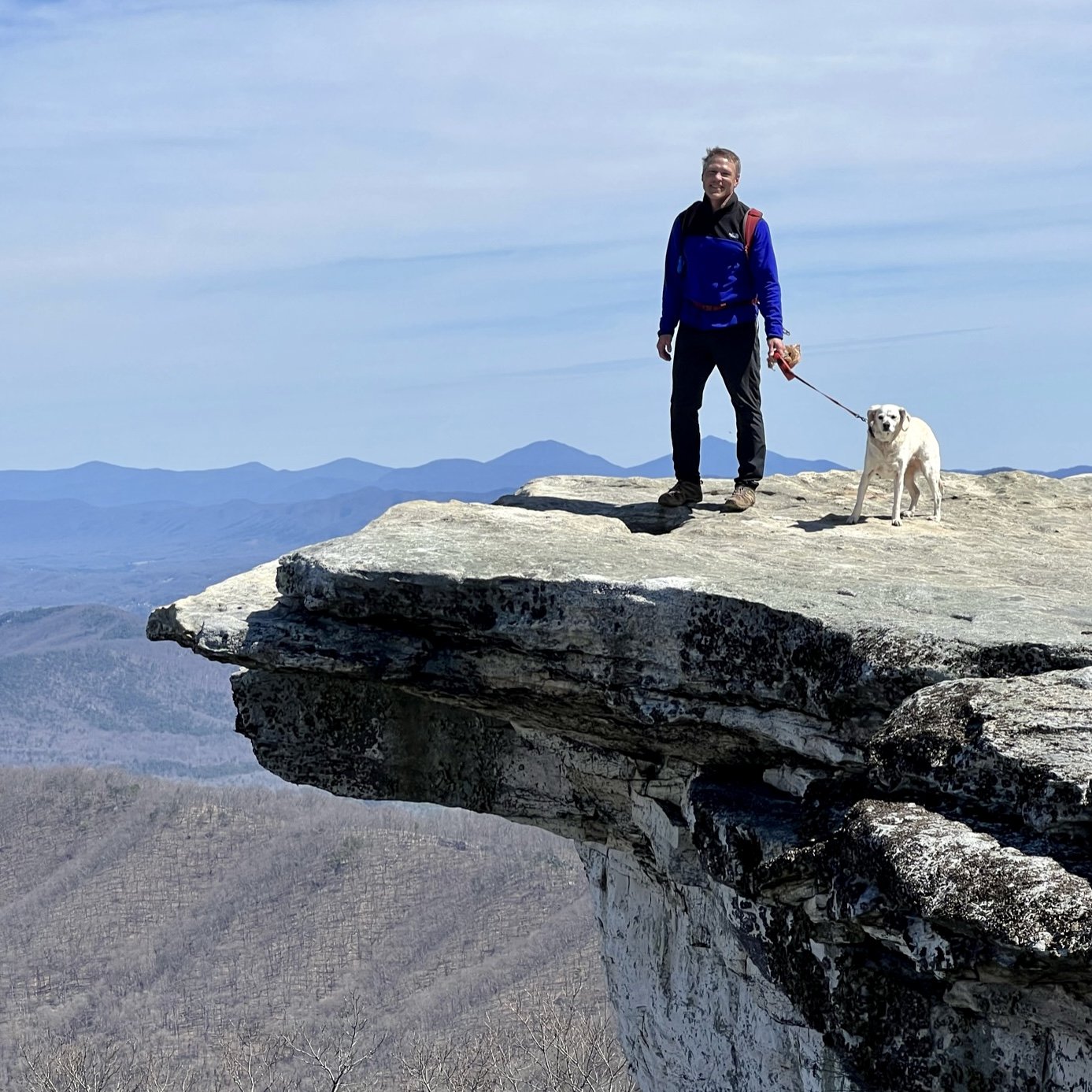
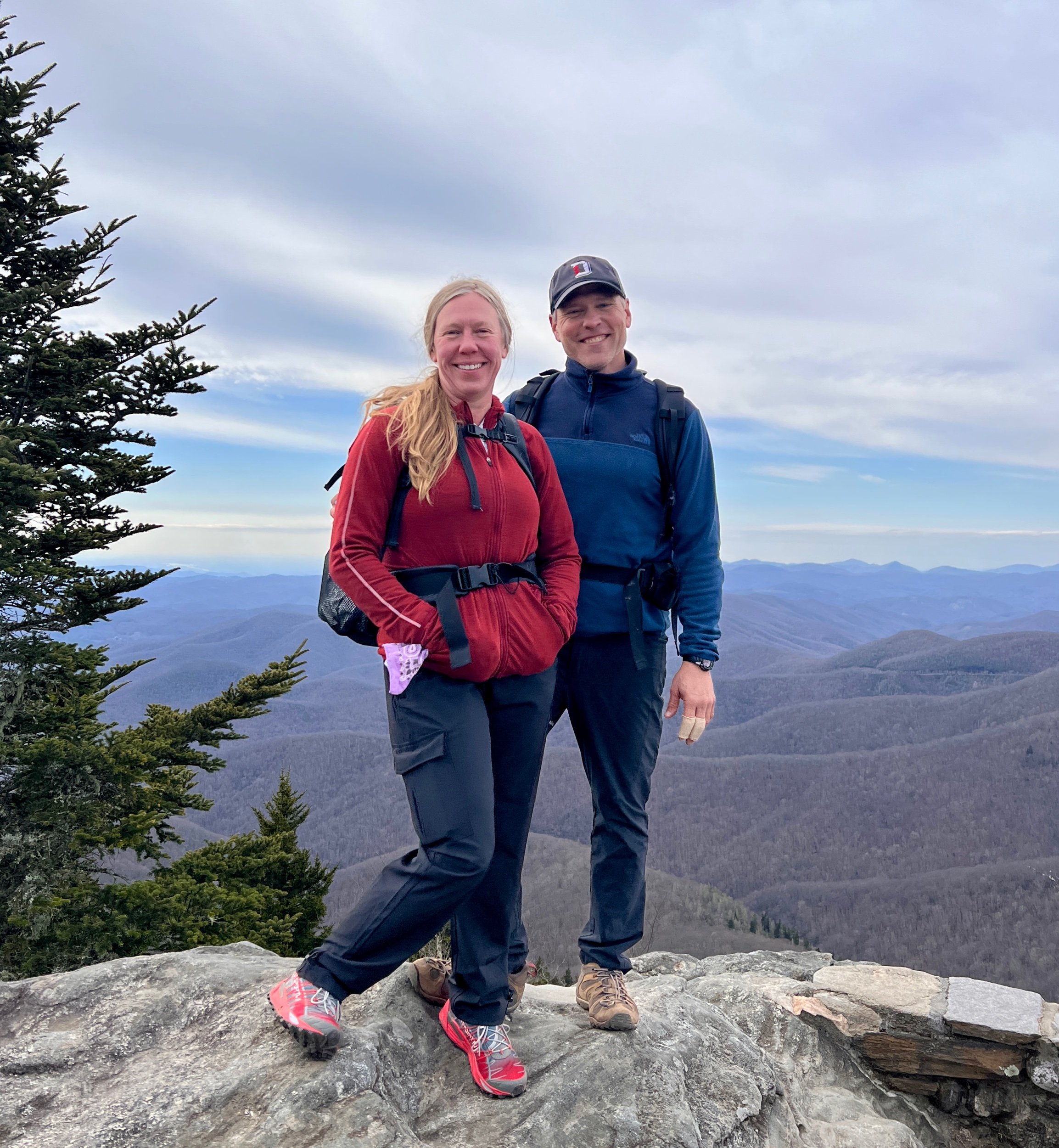
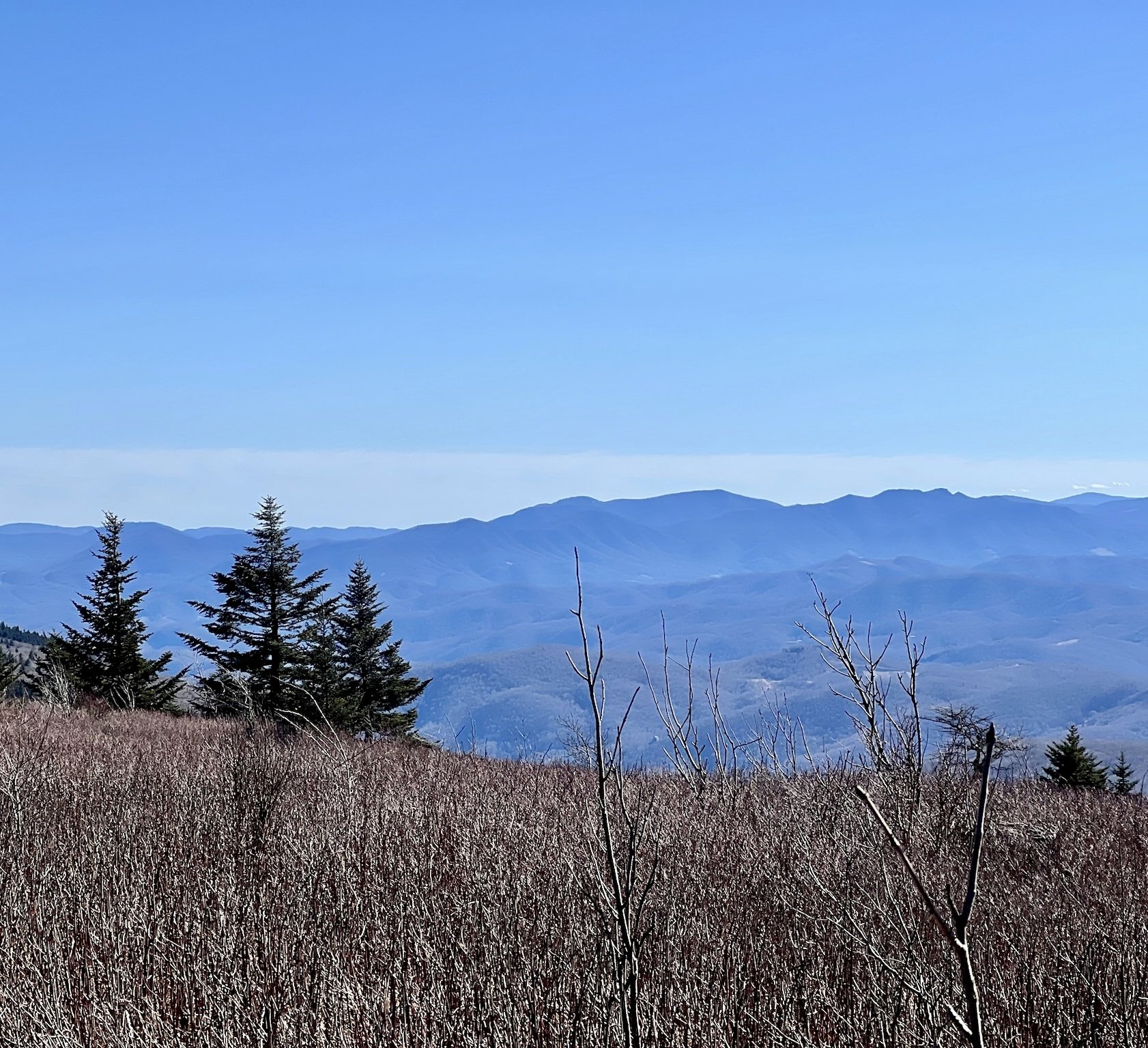

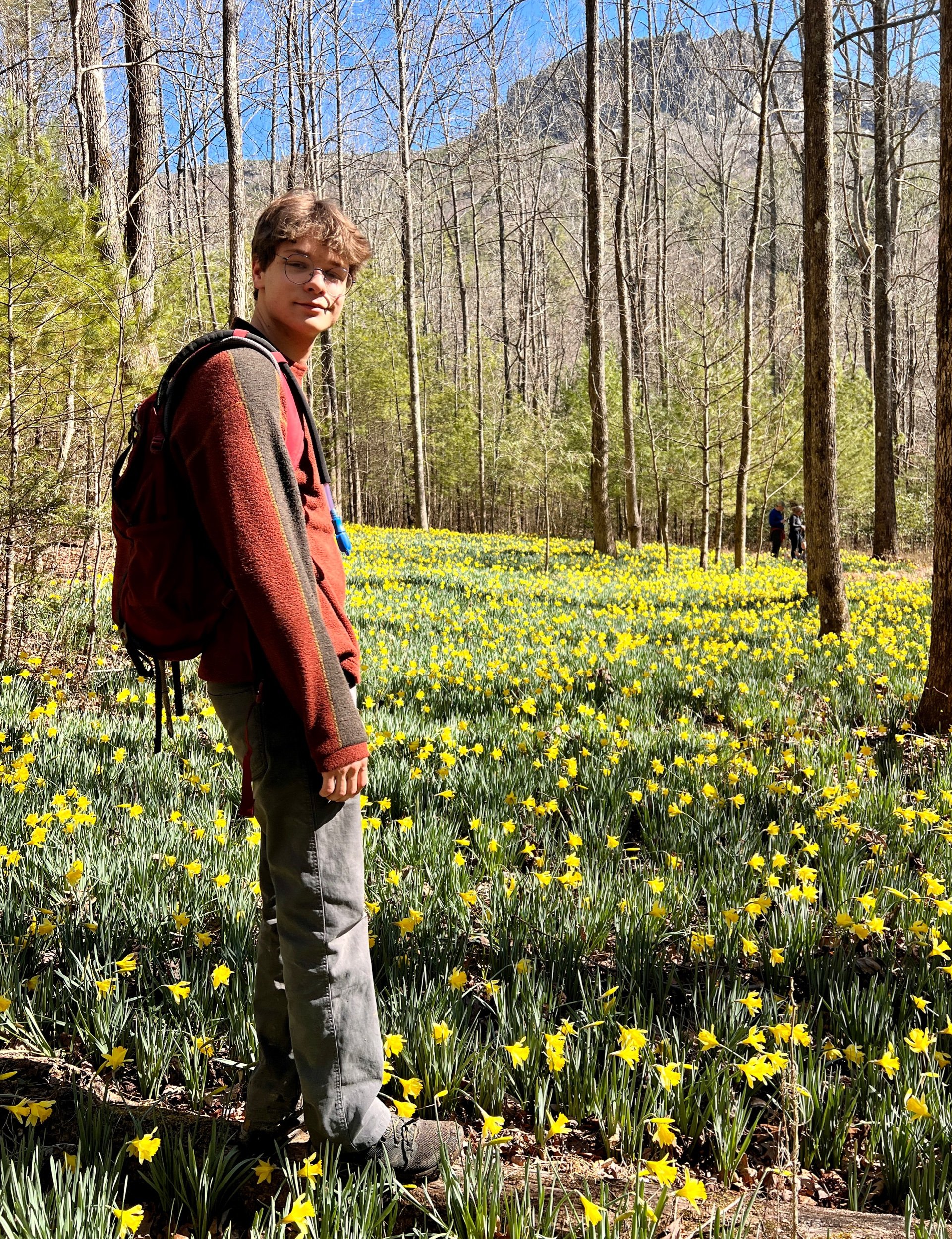
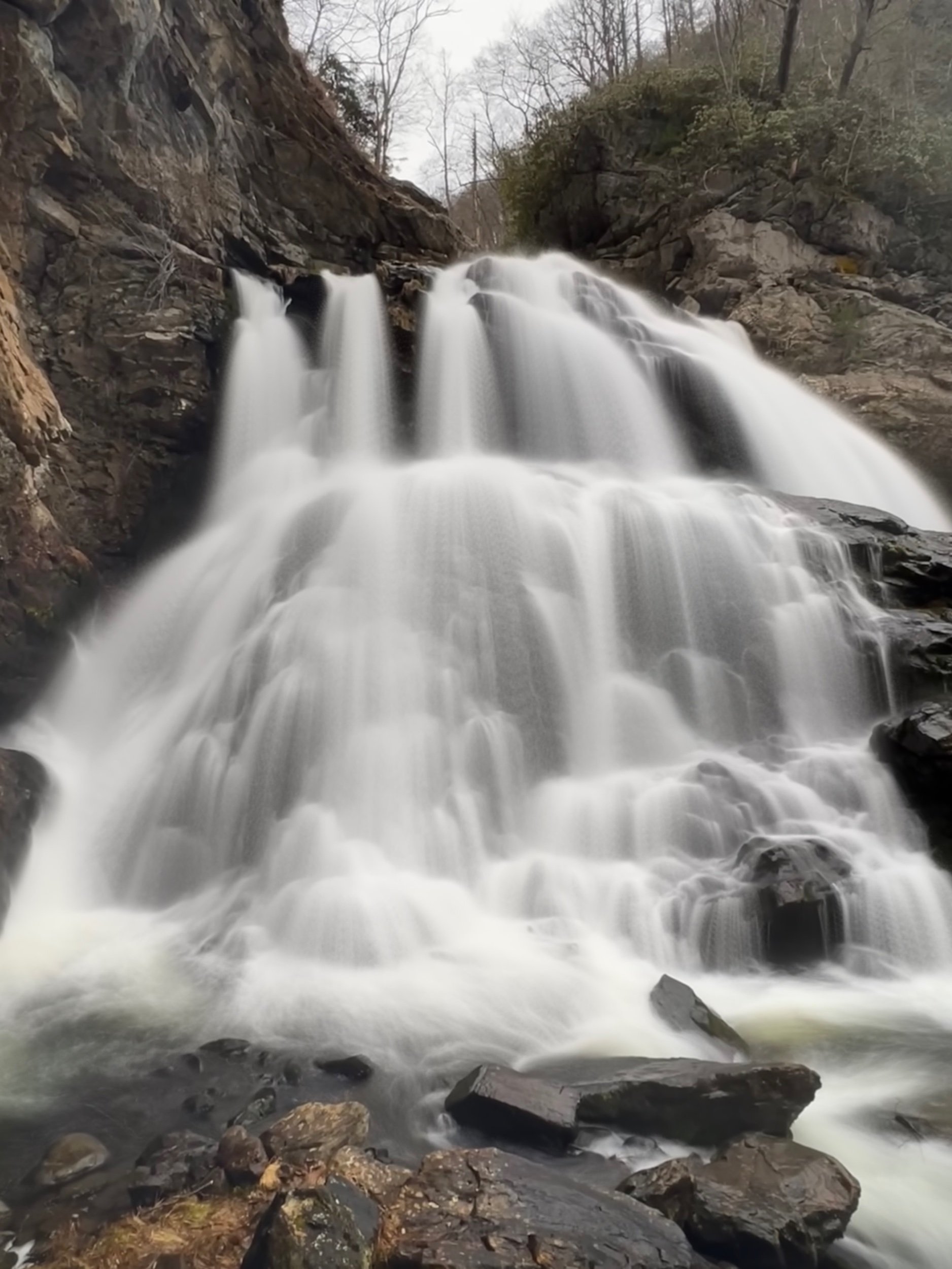
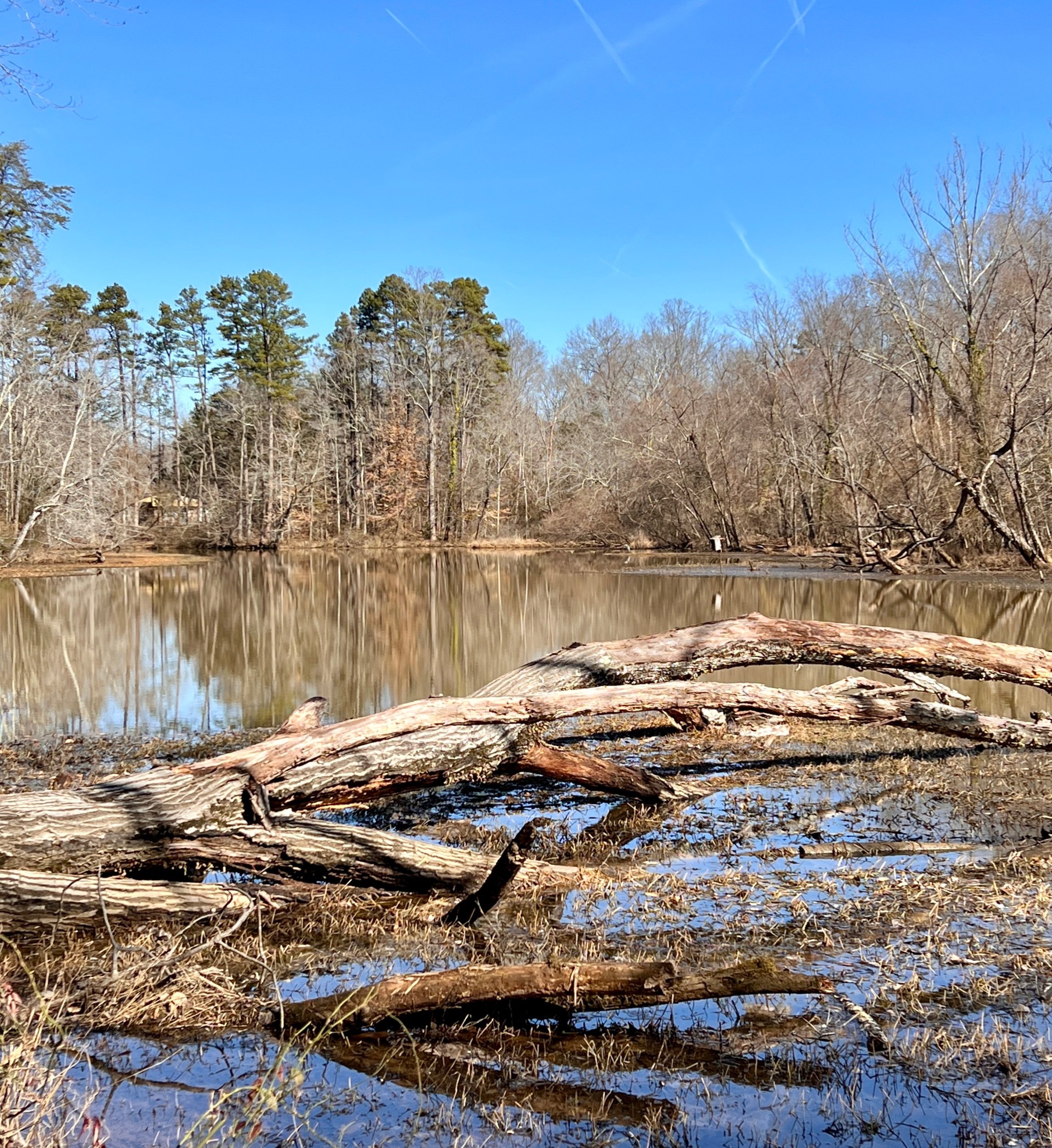
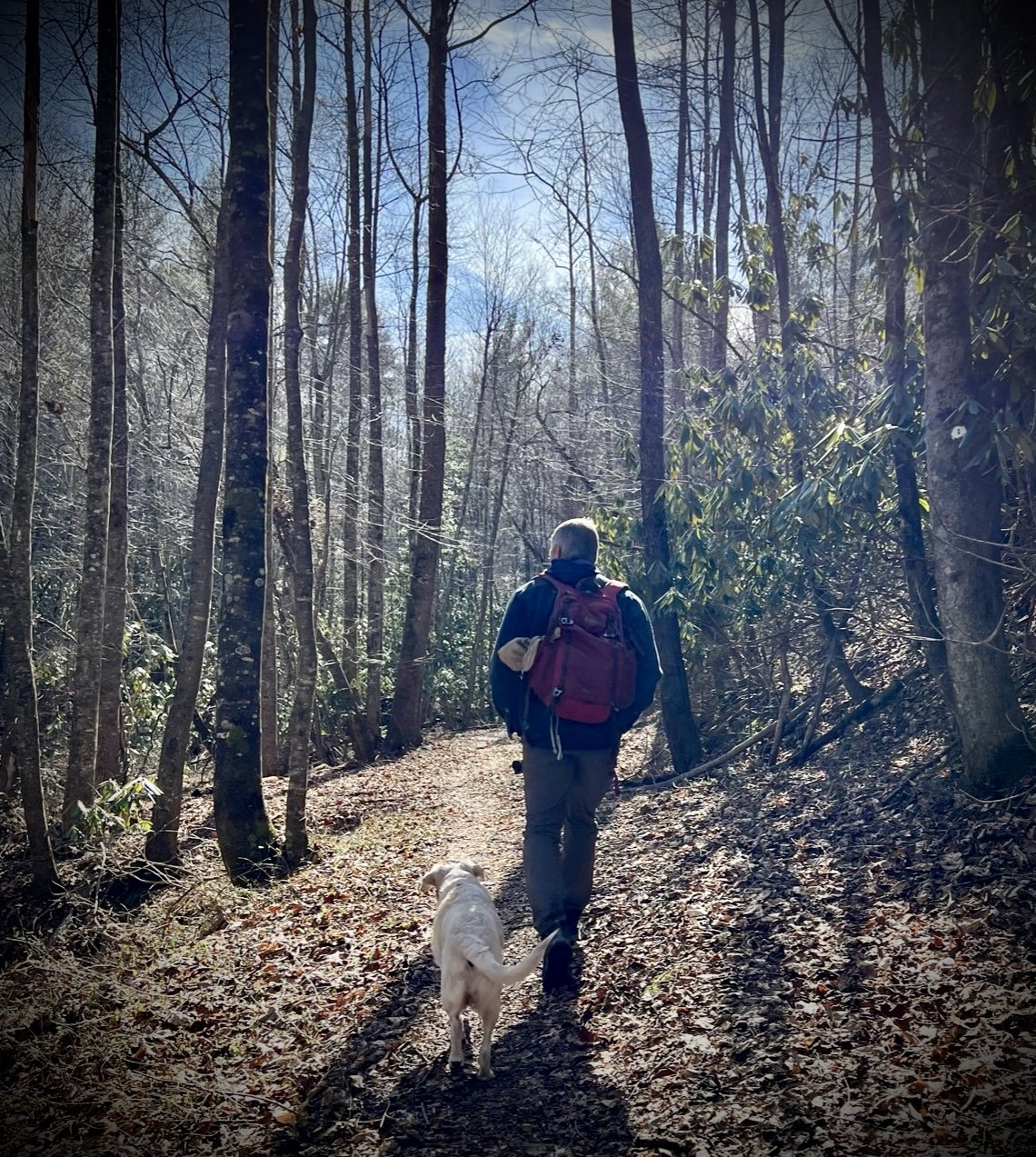
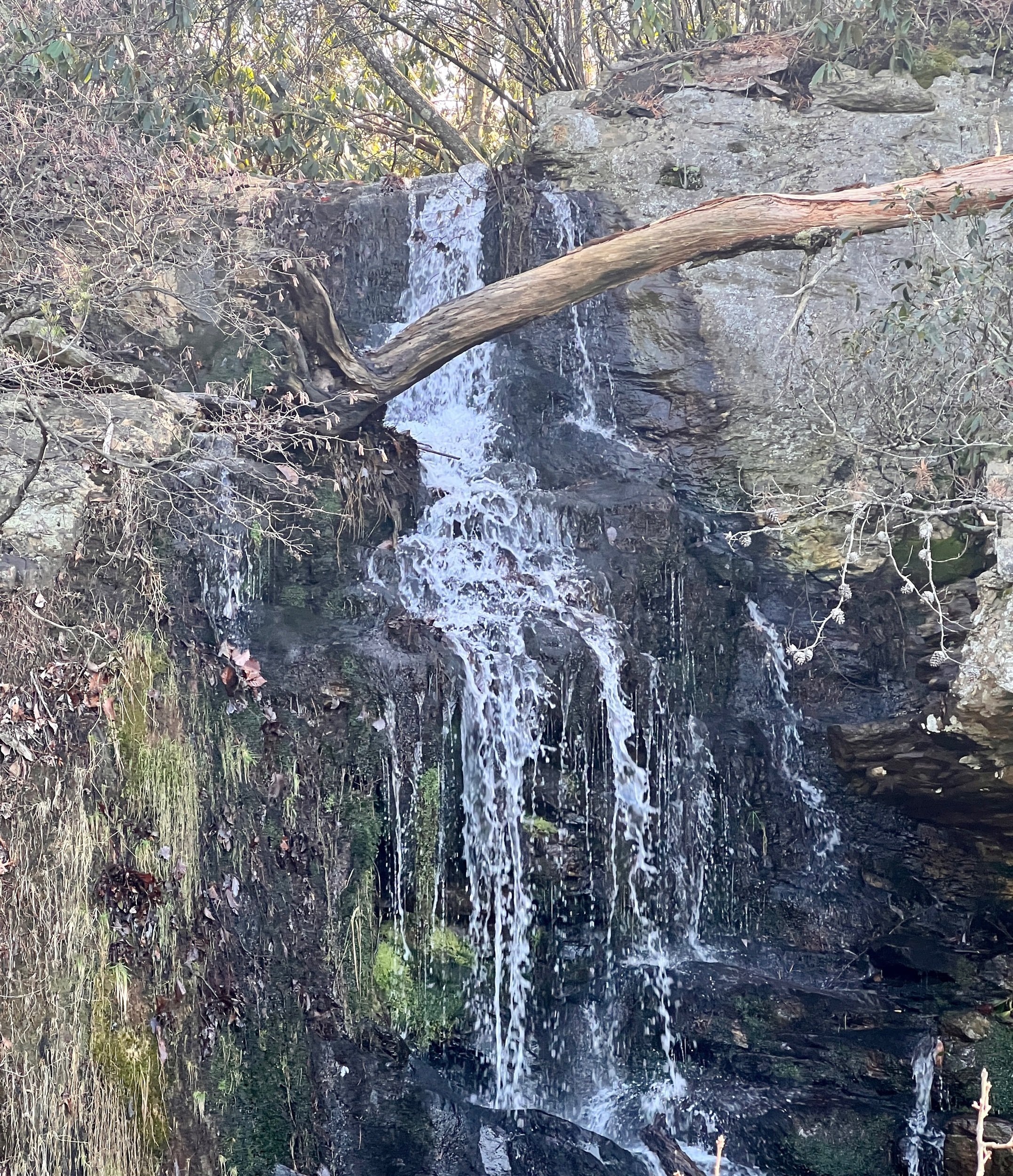
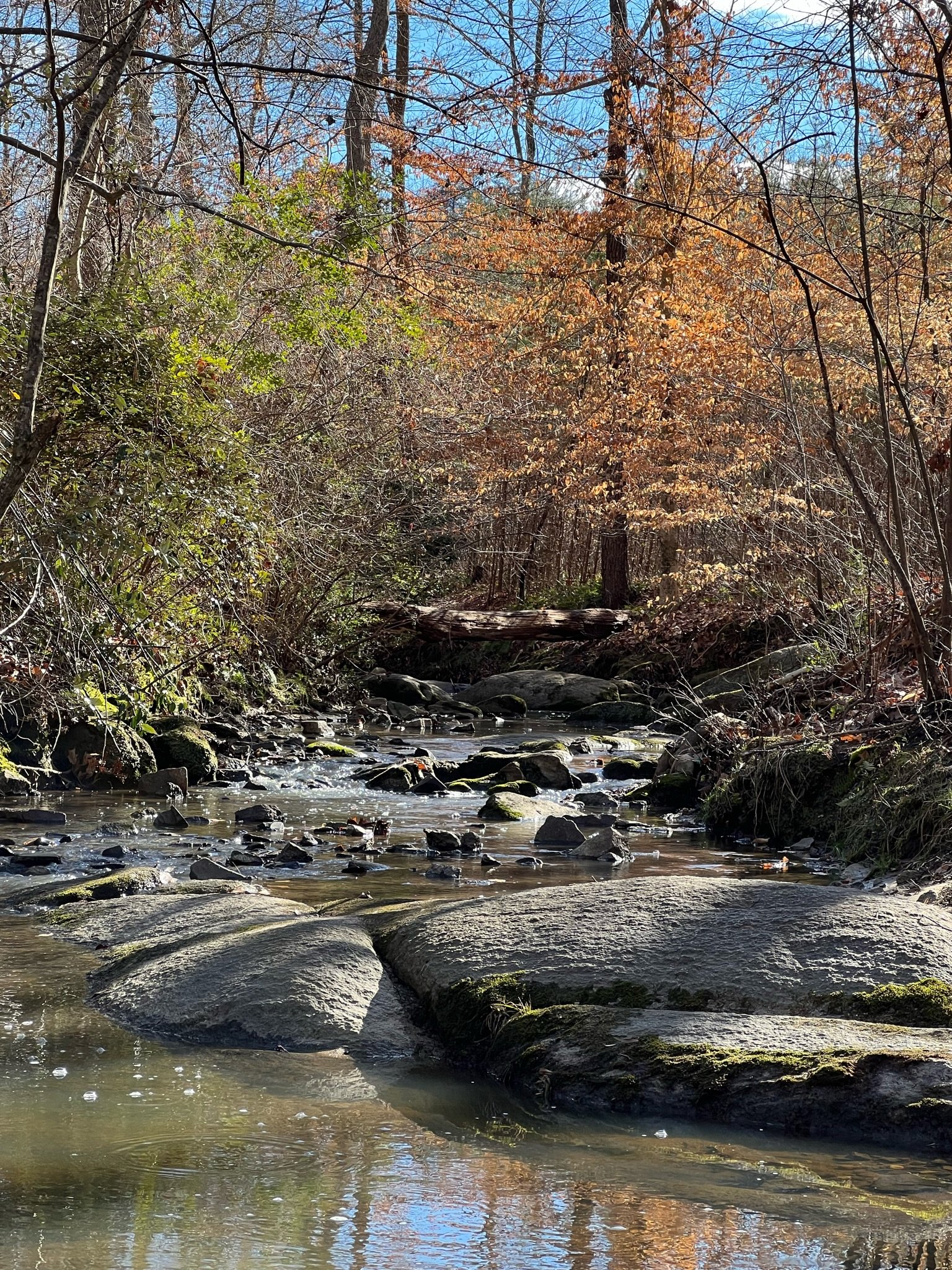
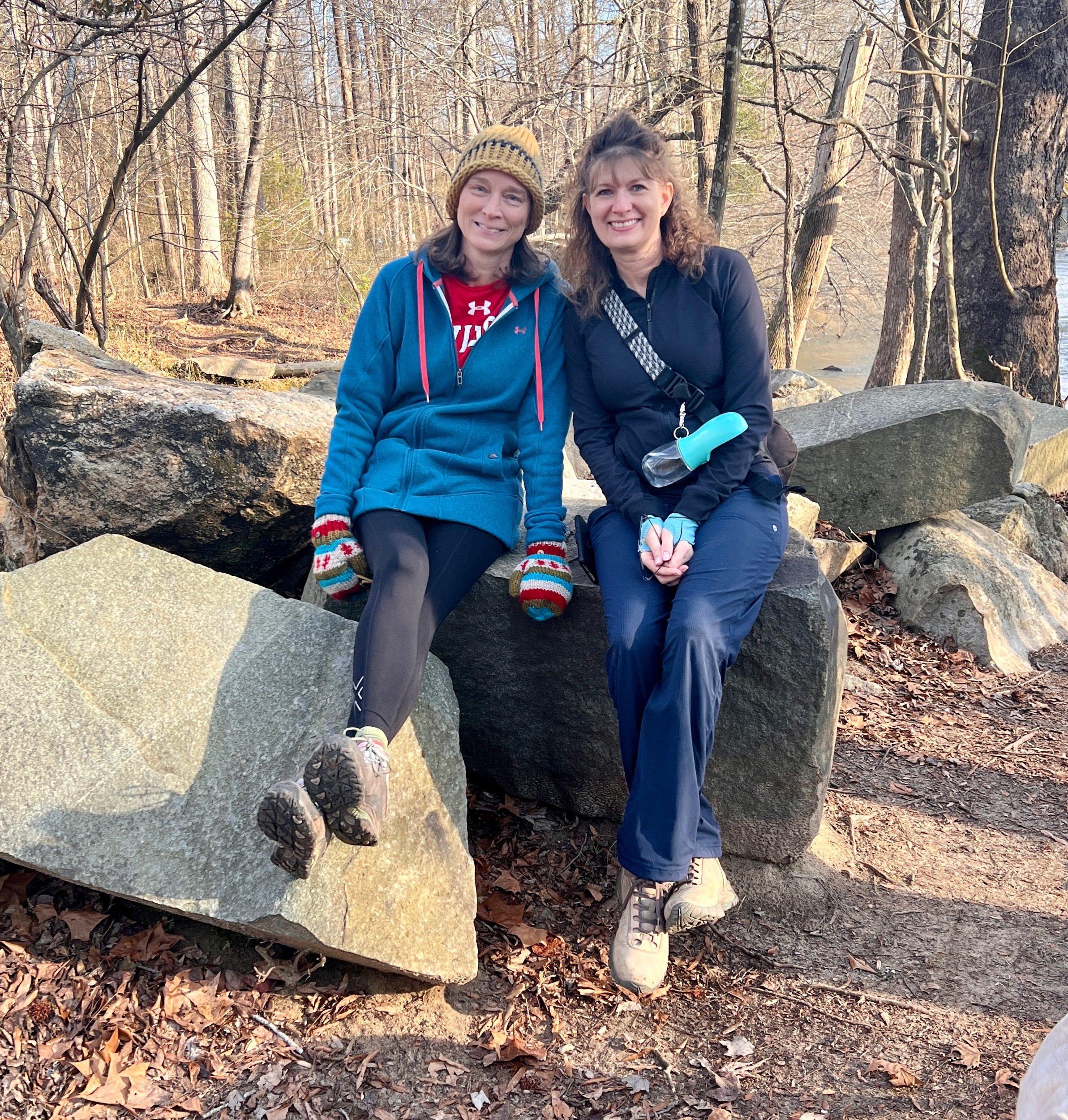
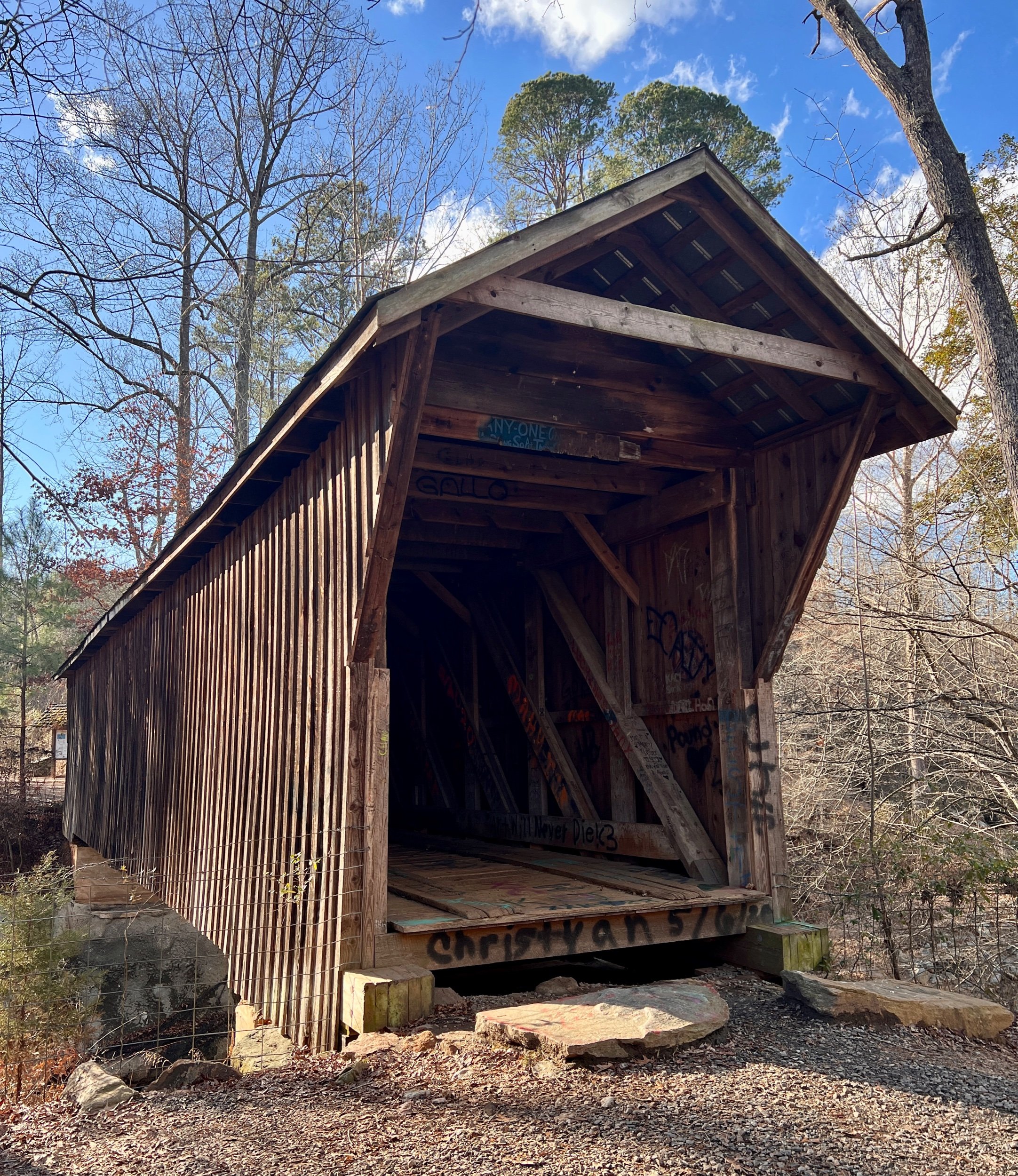
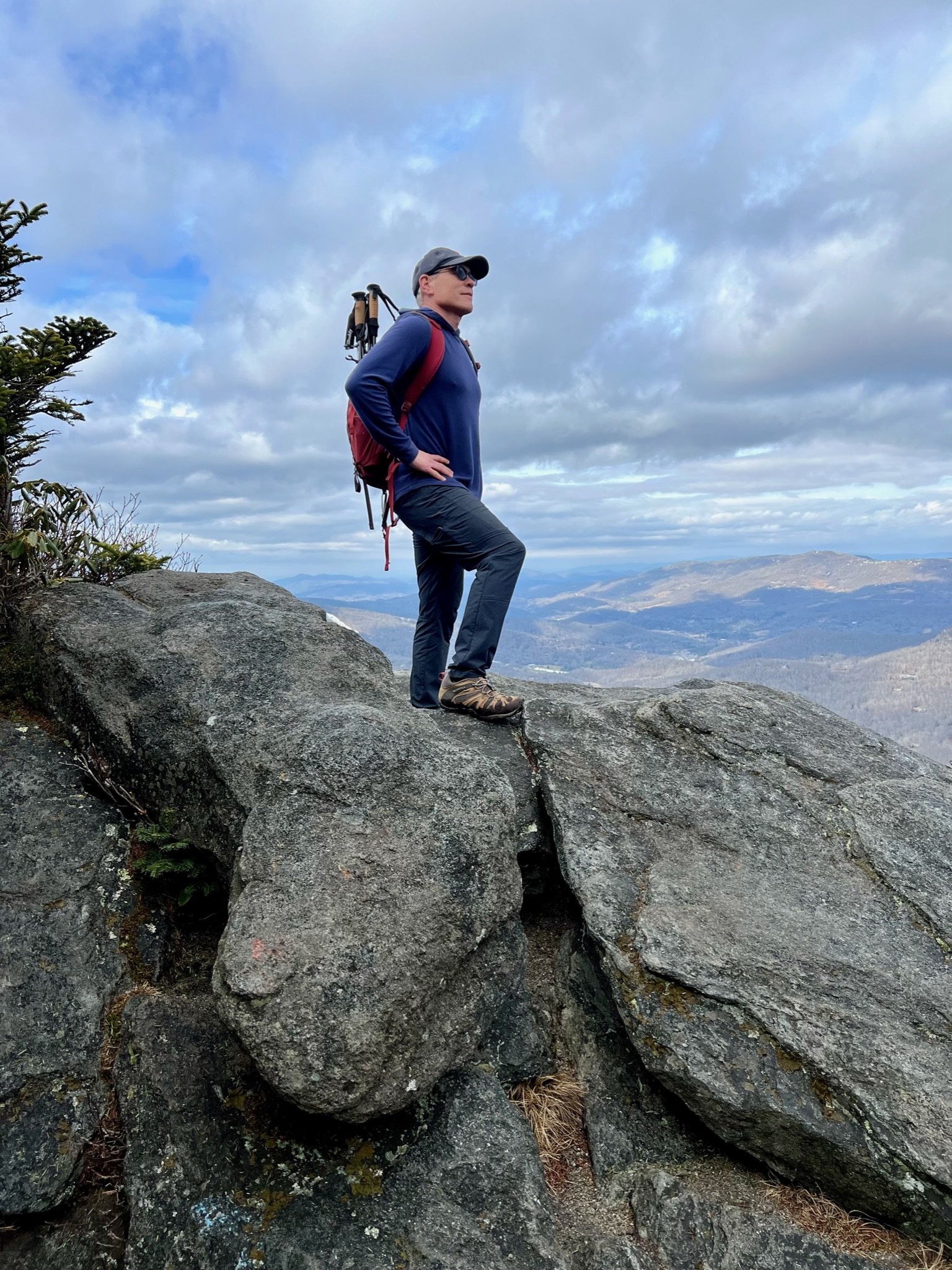
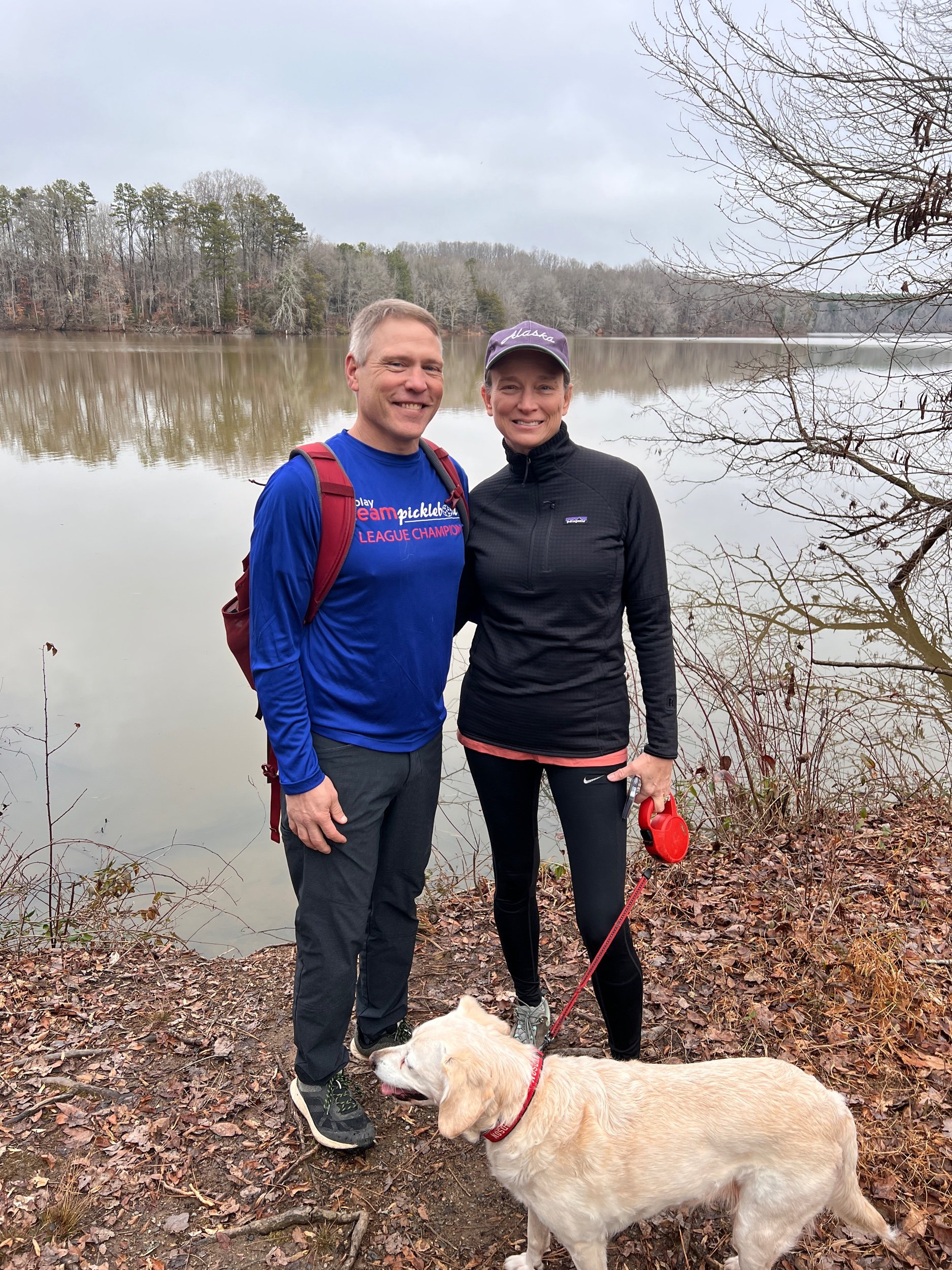
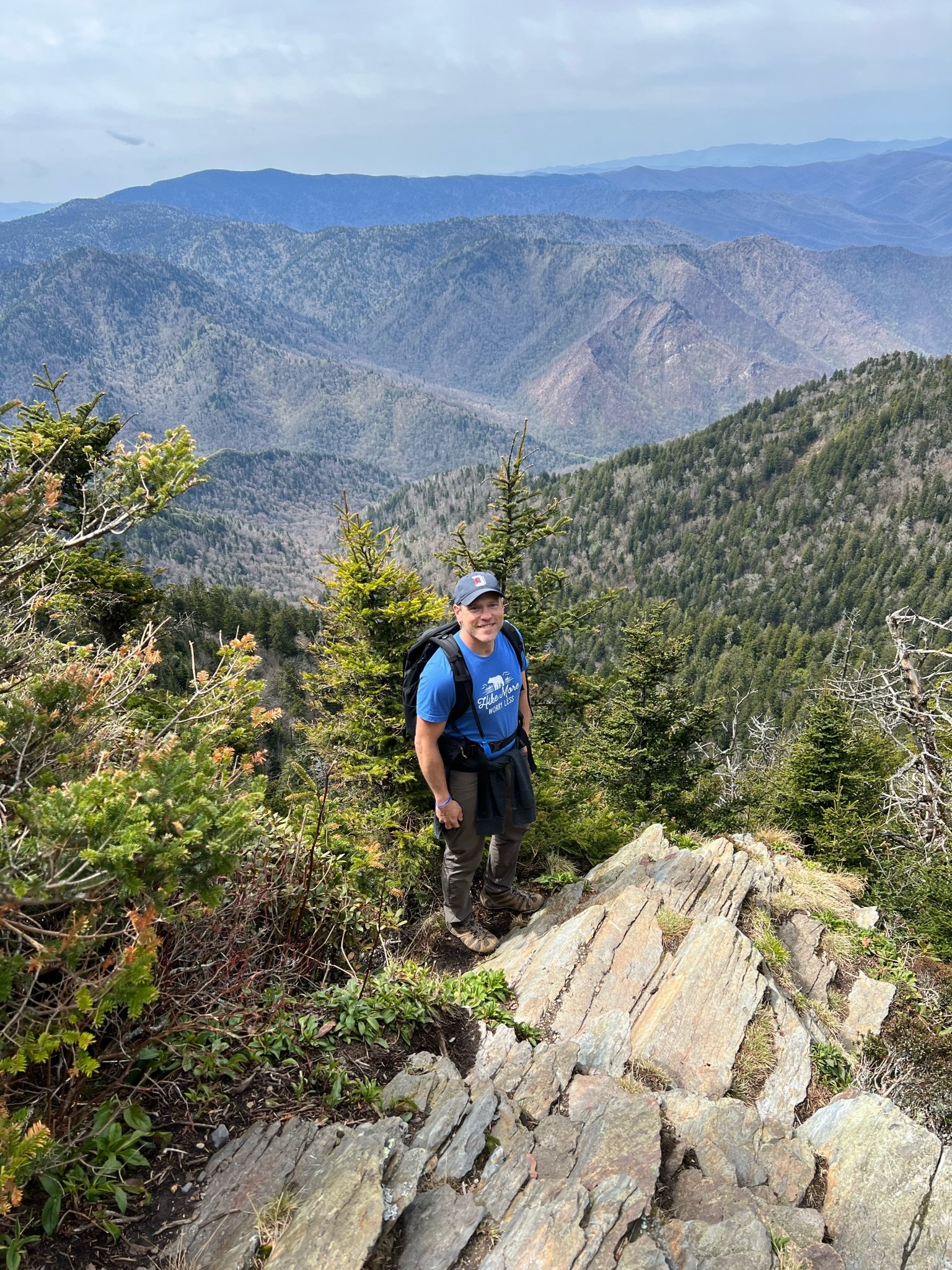
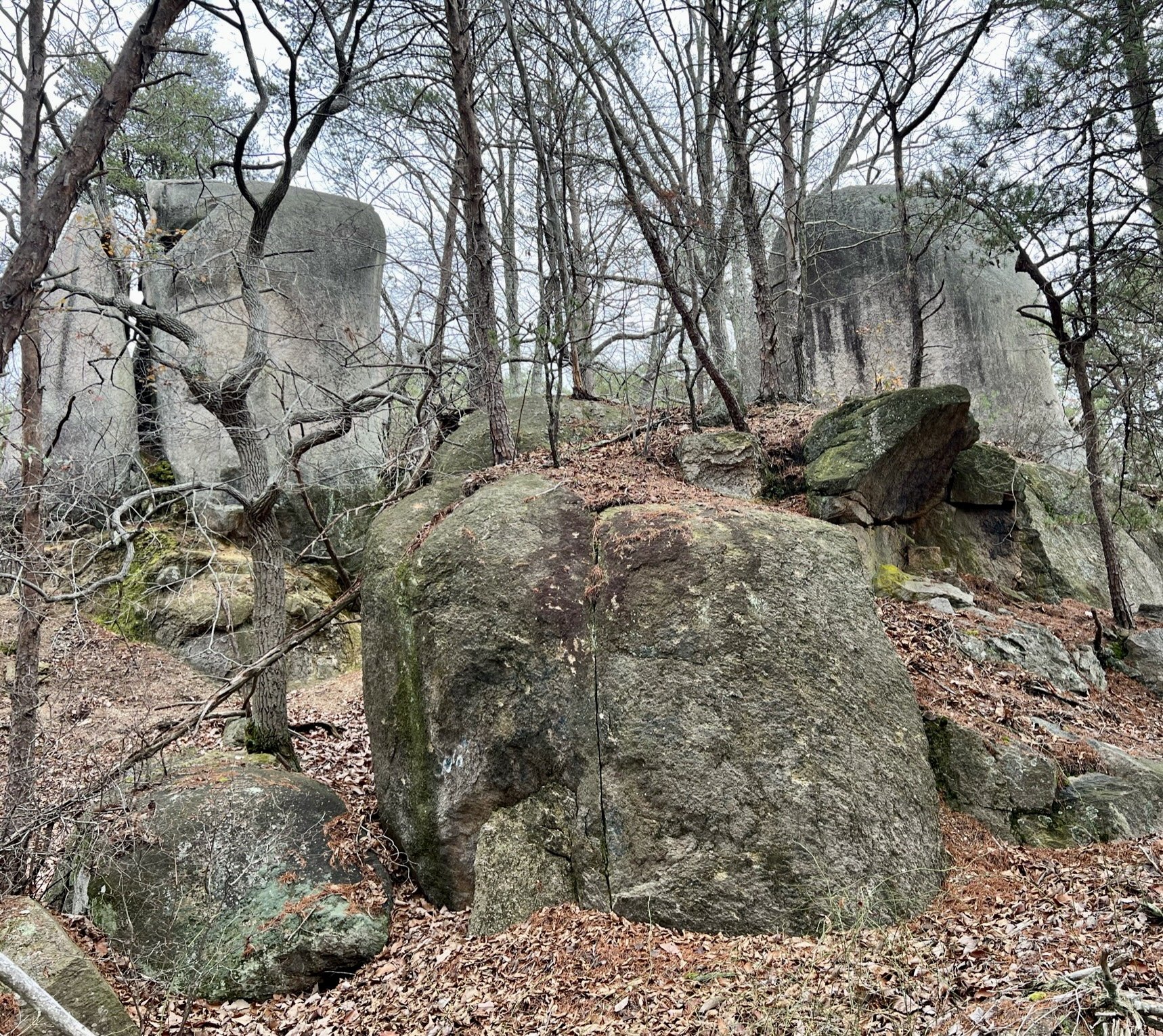
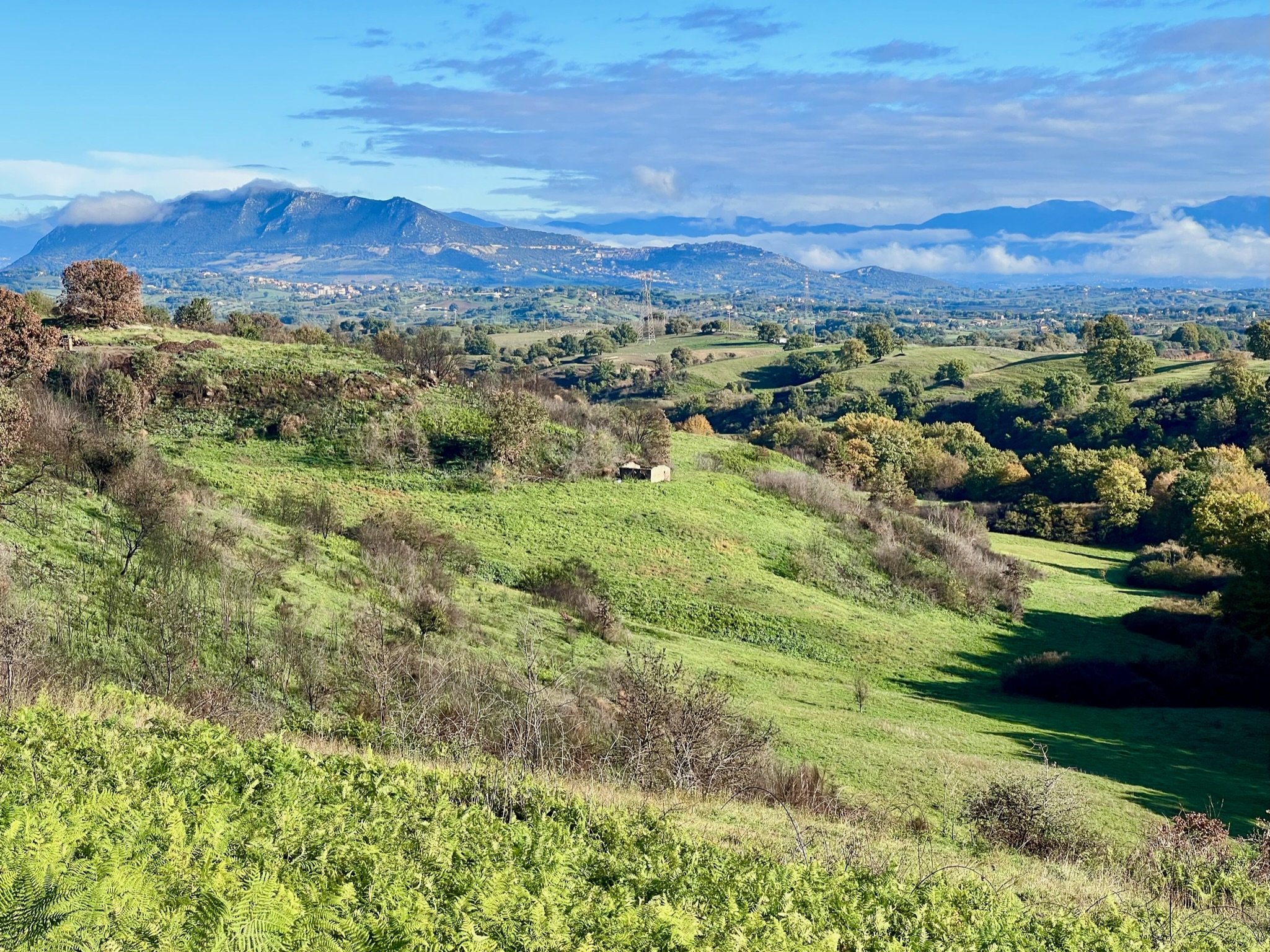
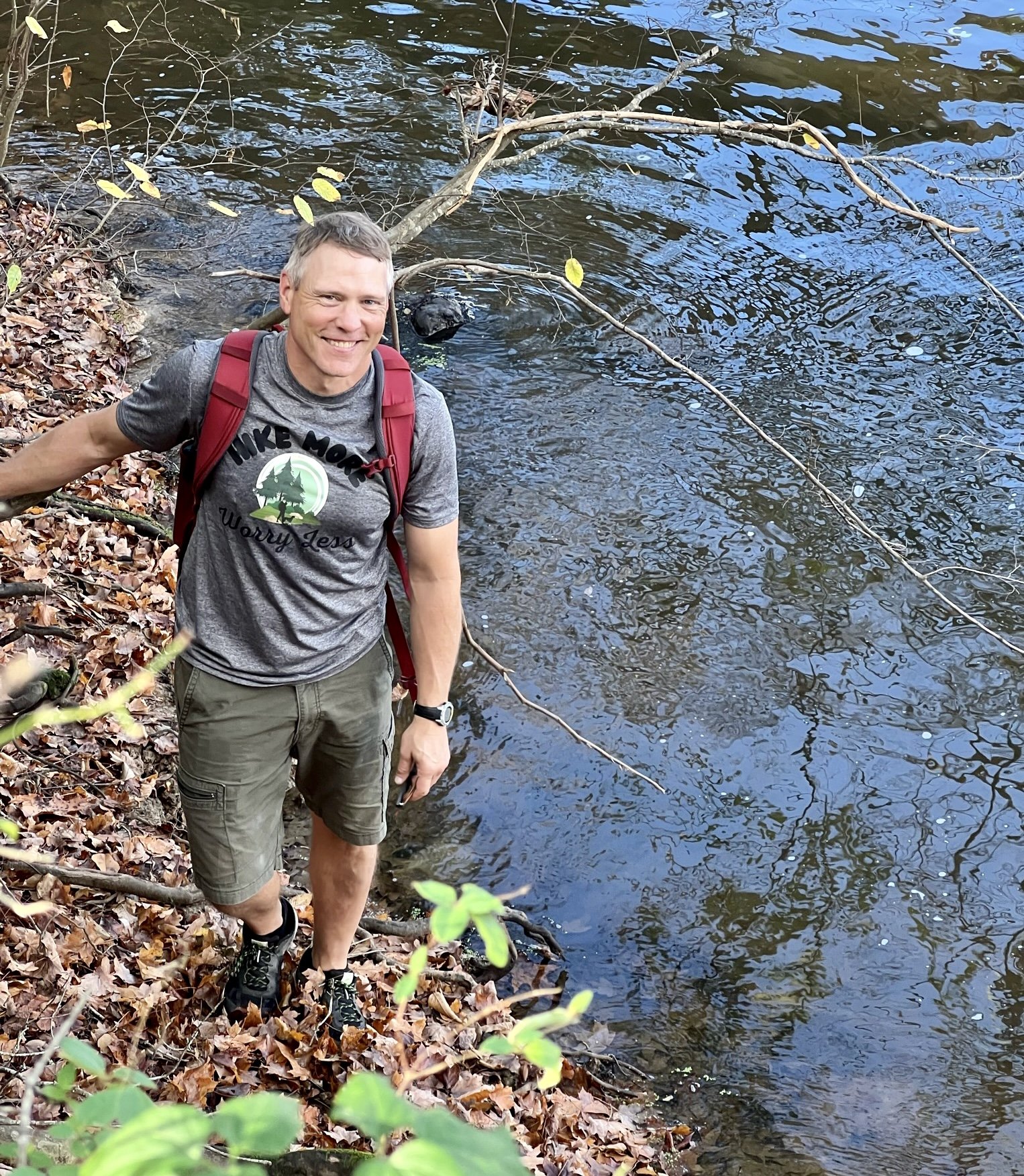
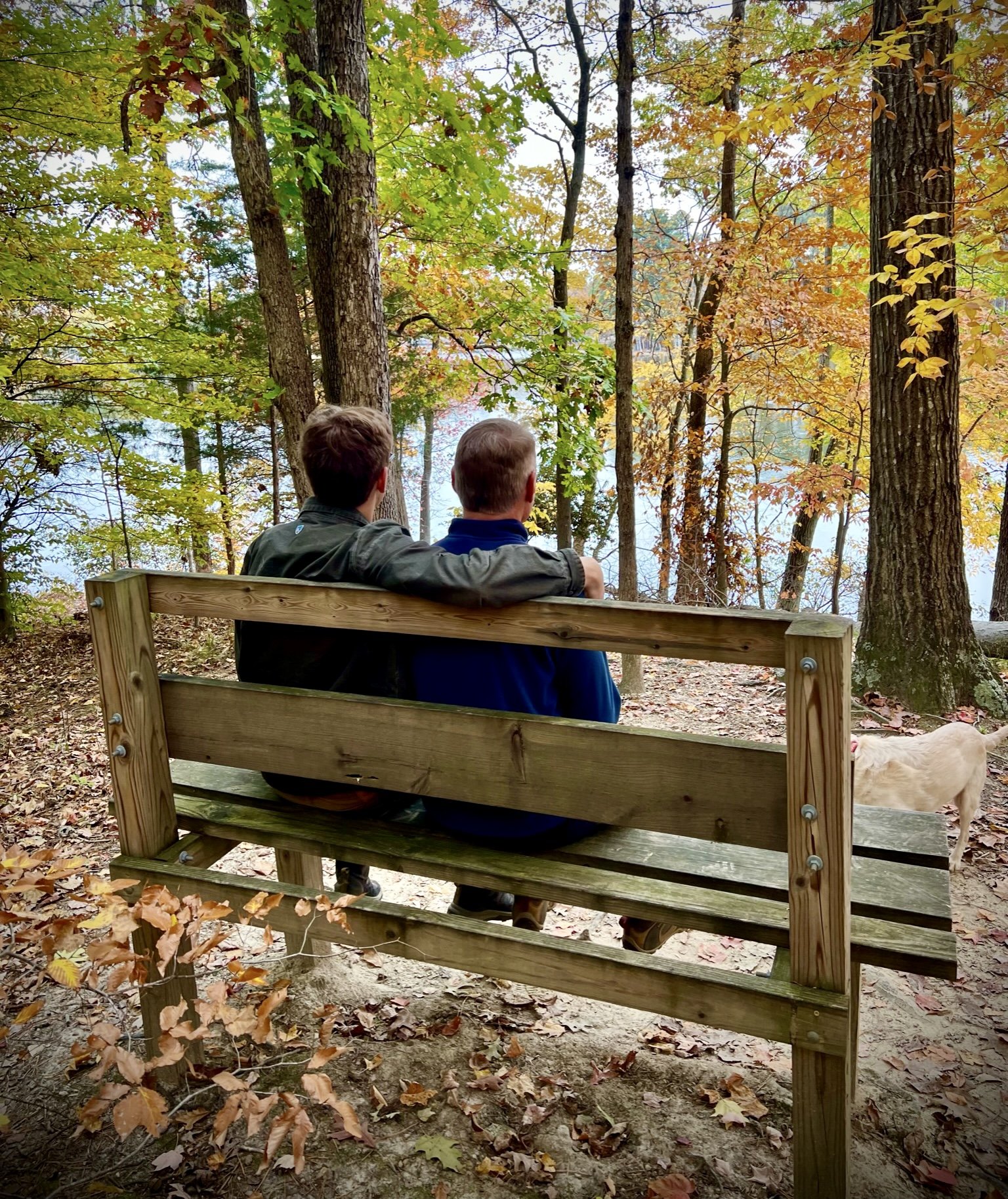
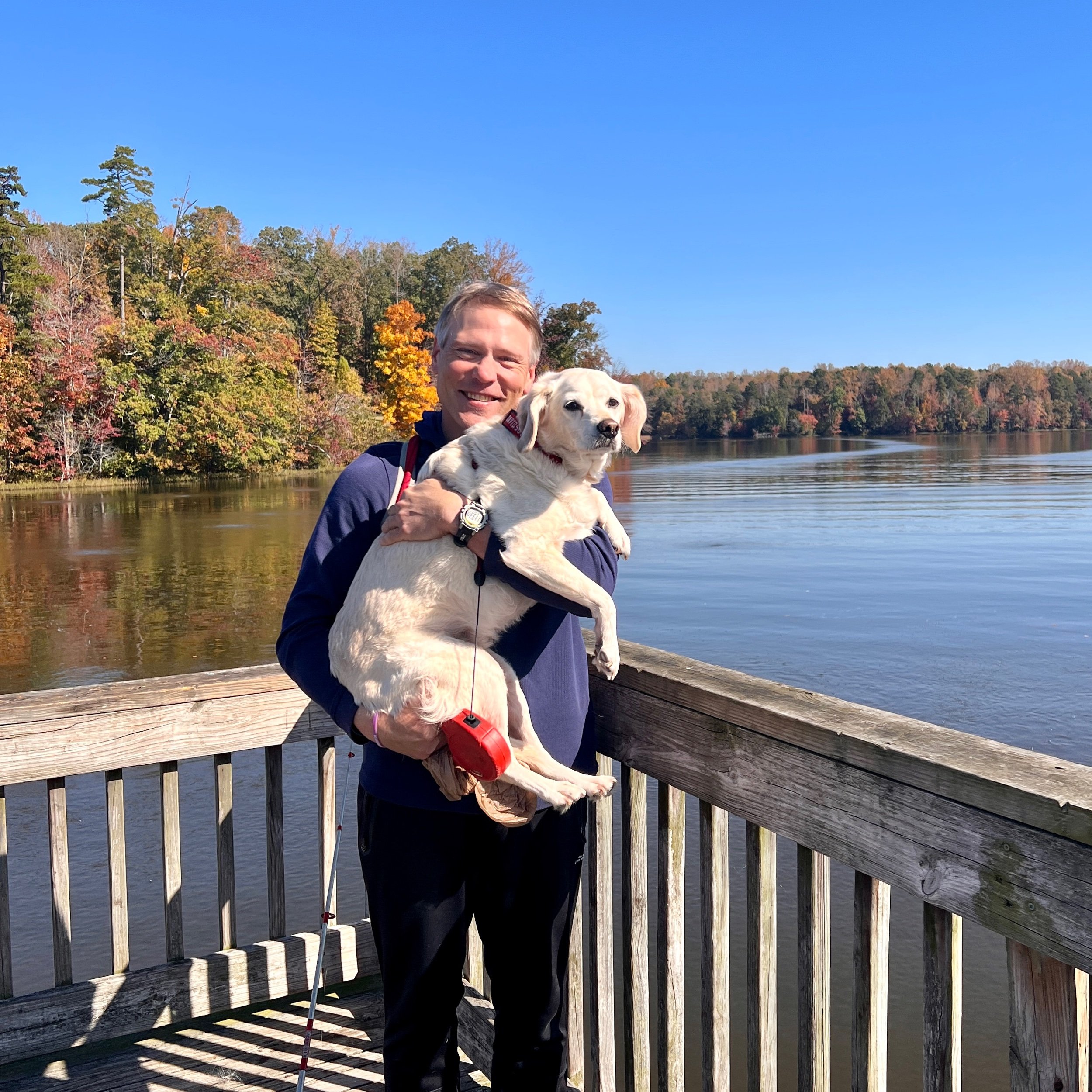
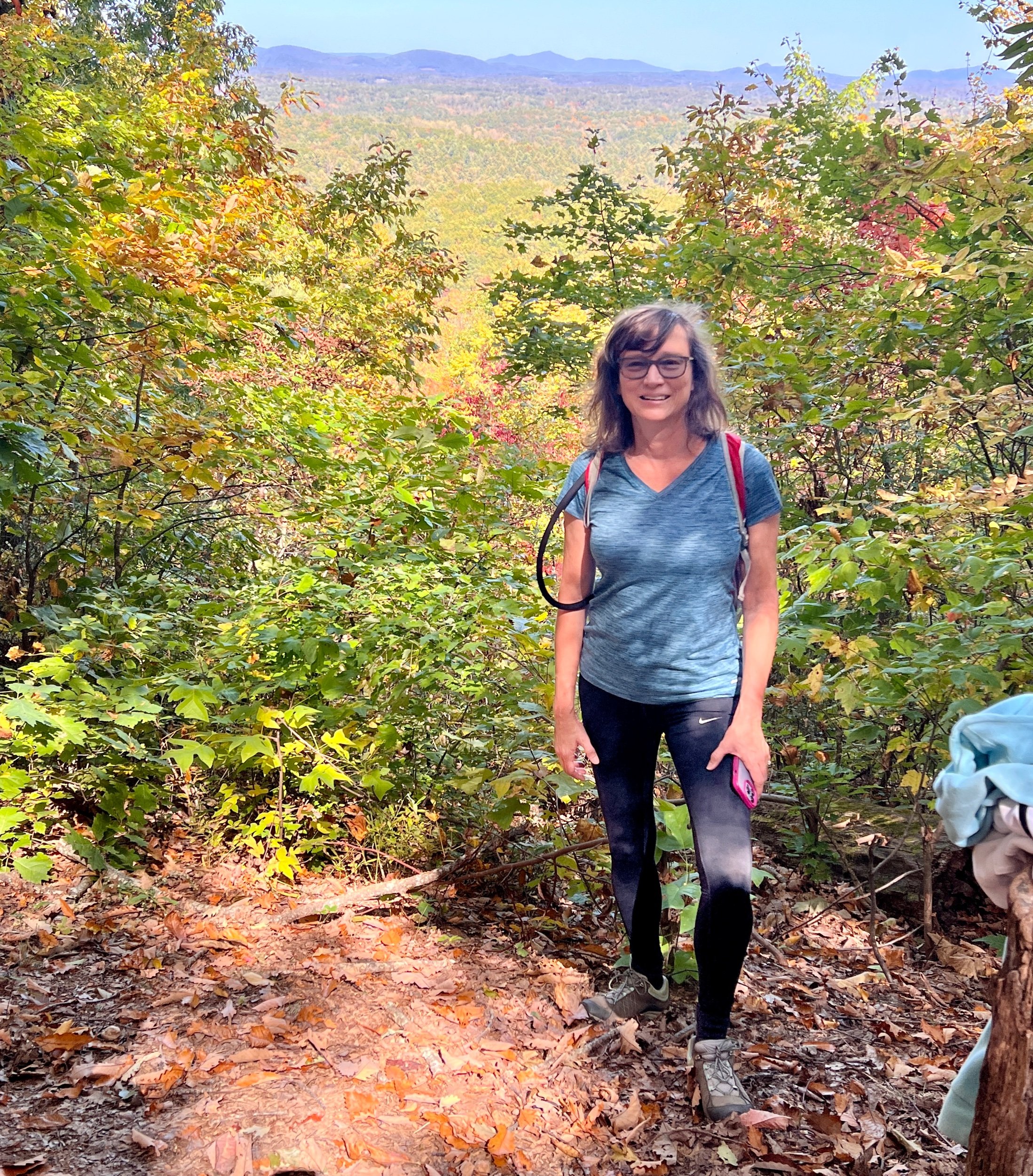
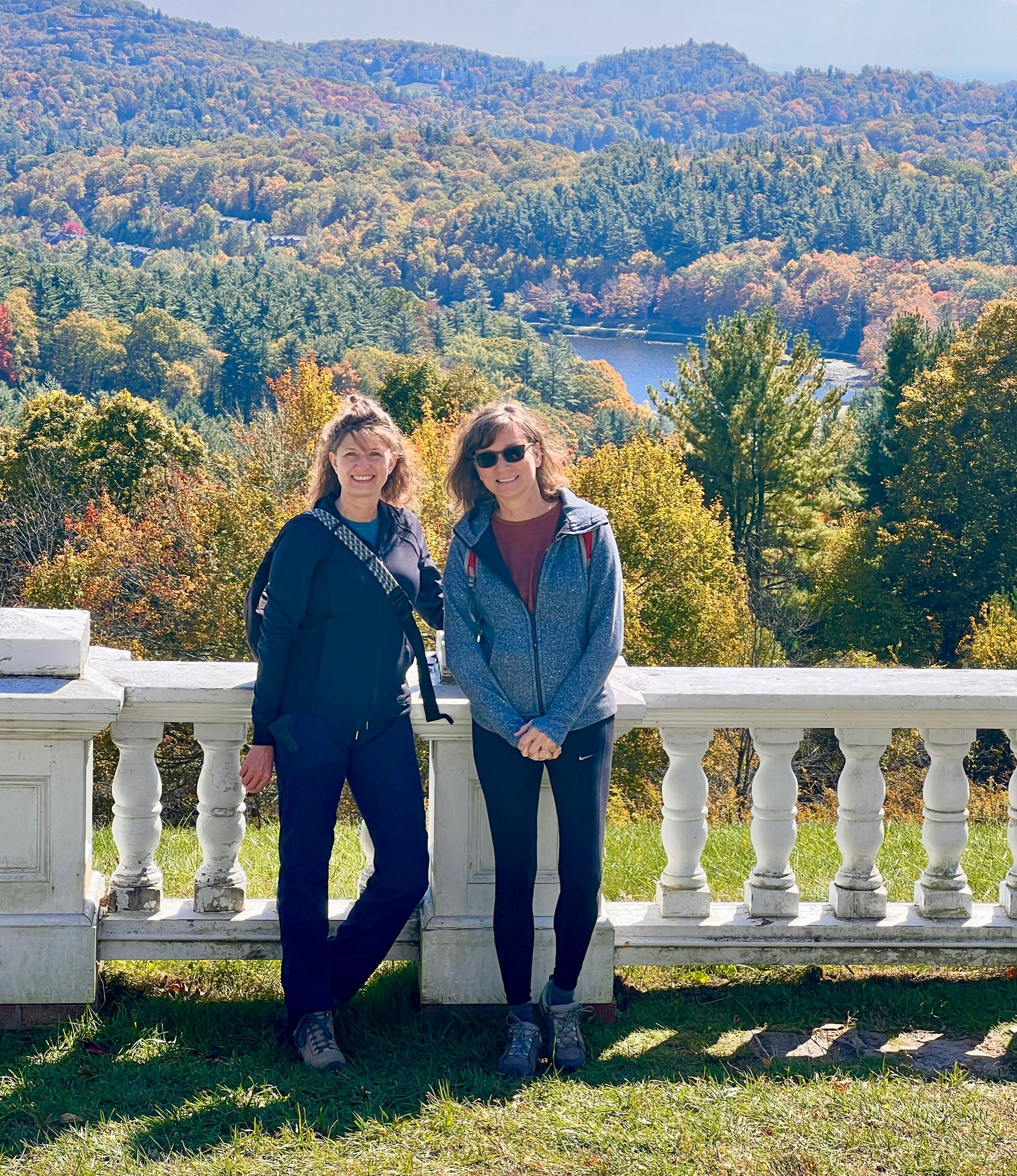
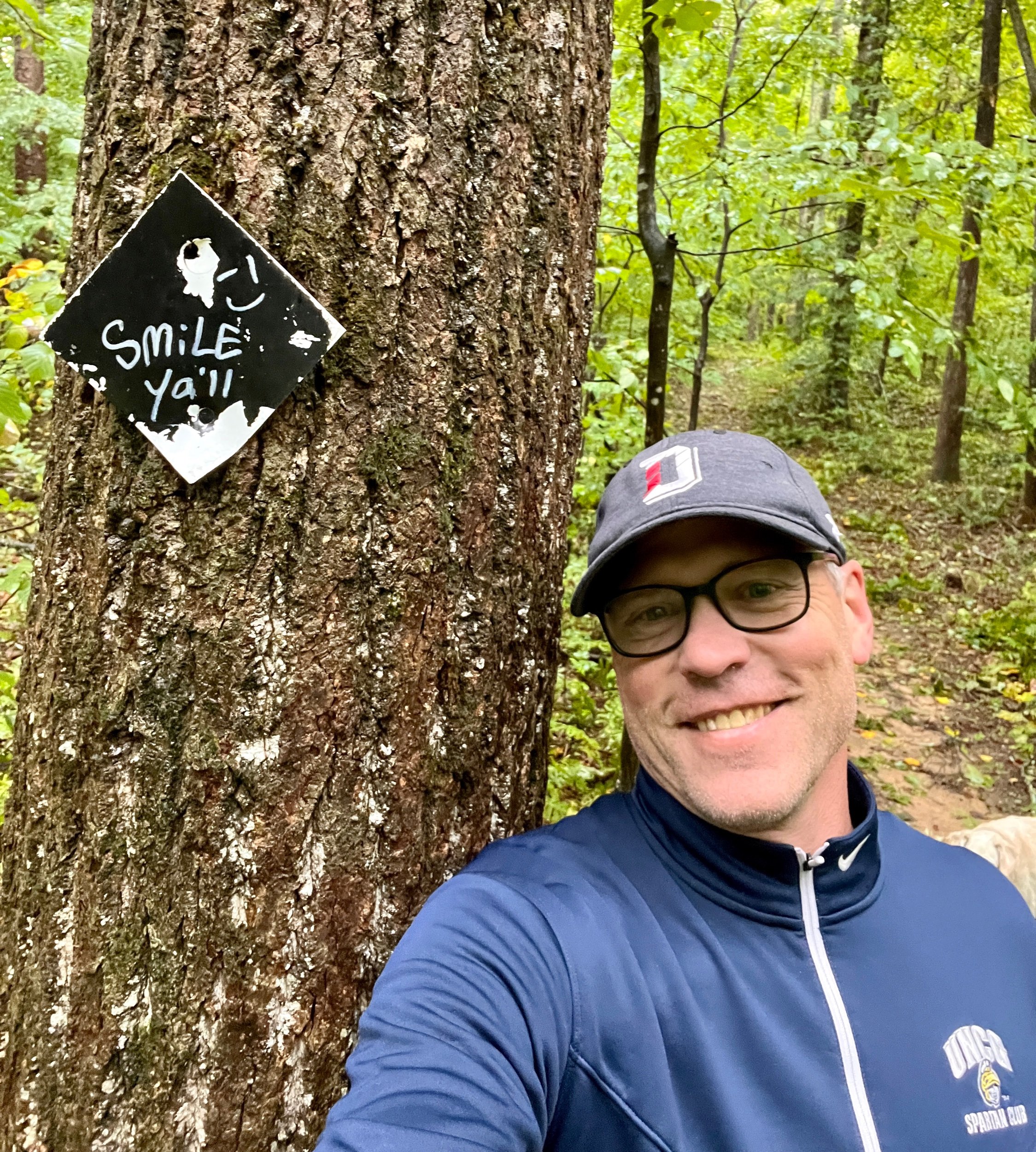
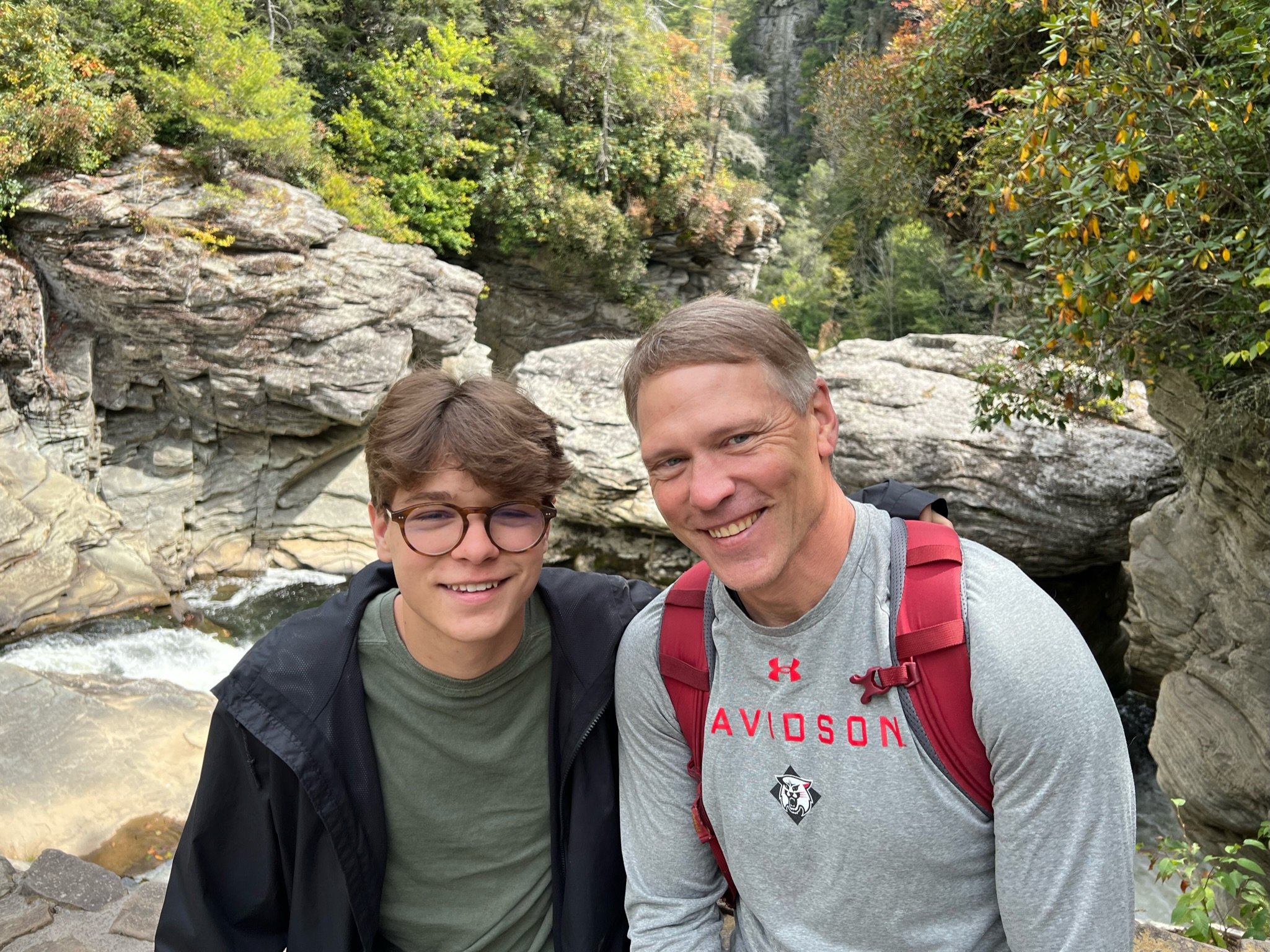
Sassafras and Skinks